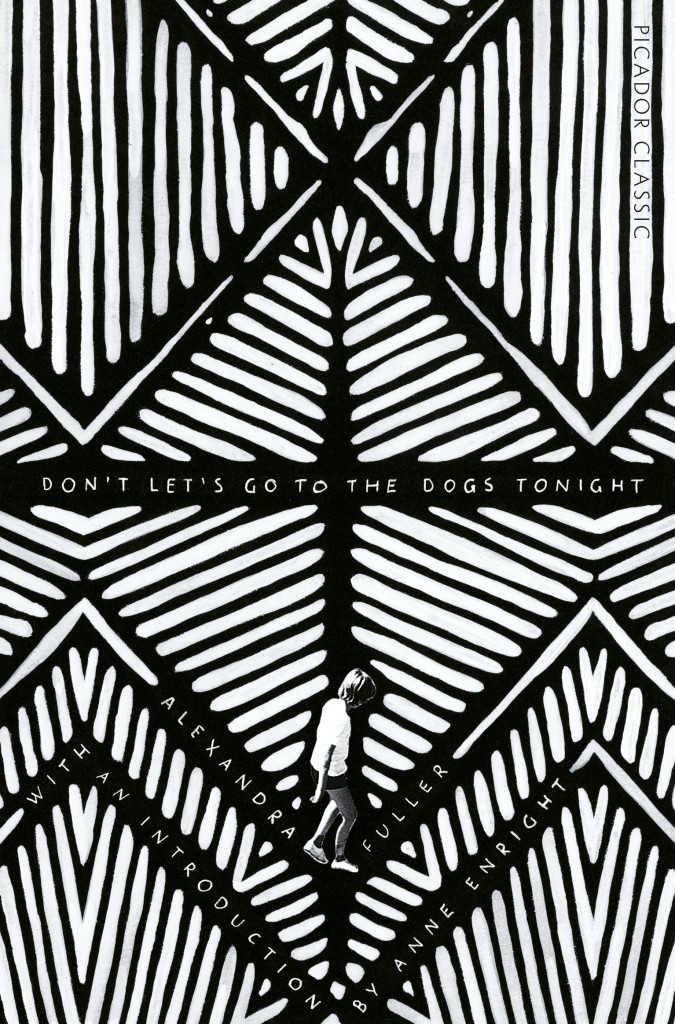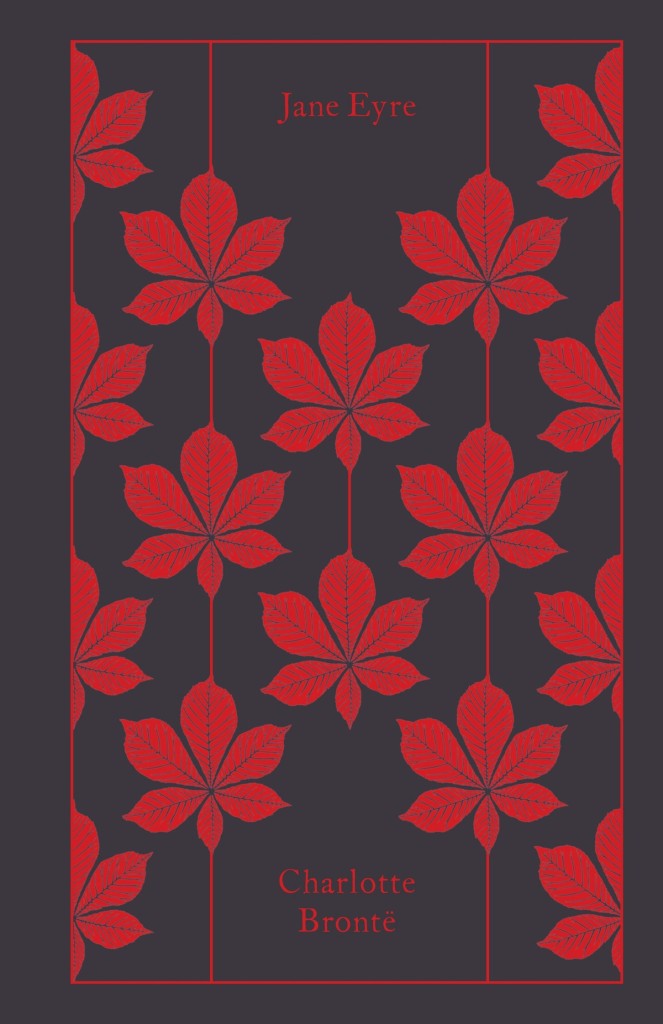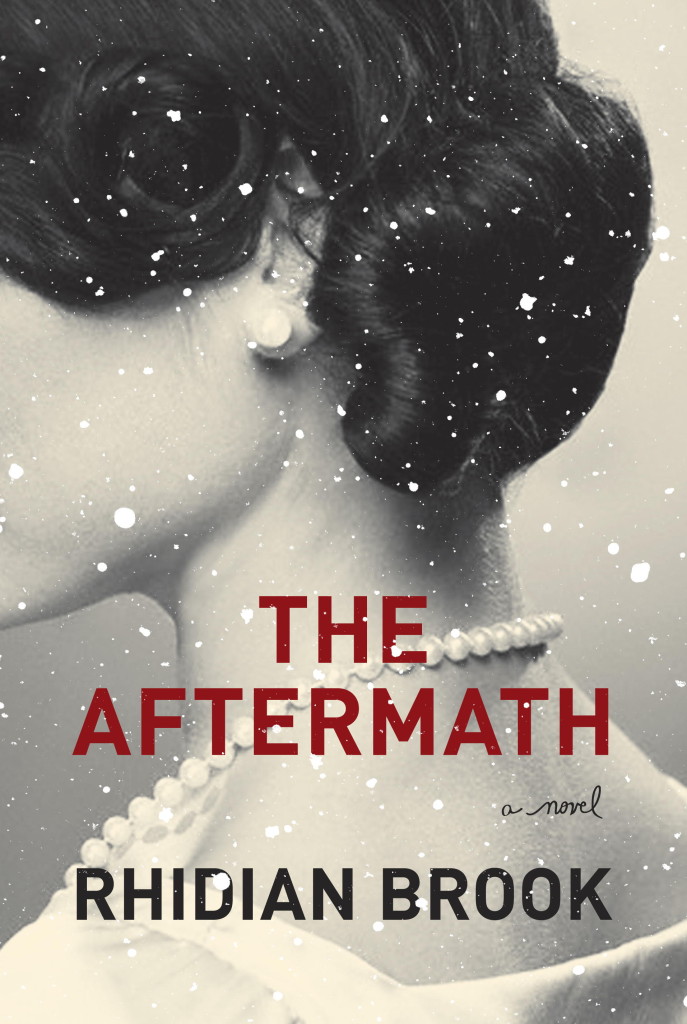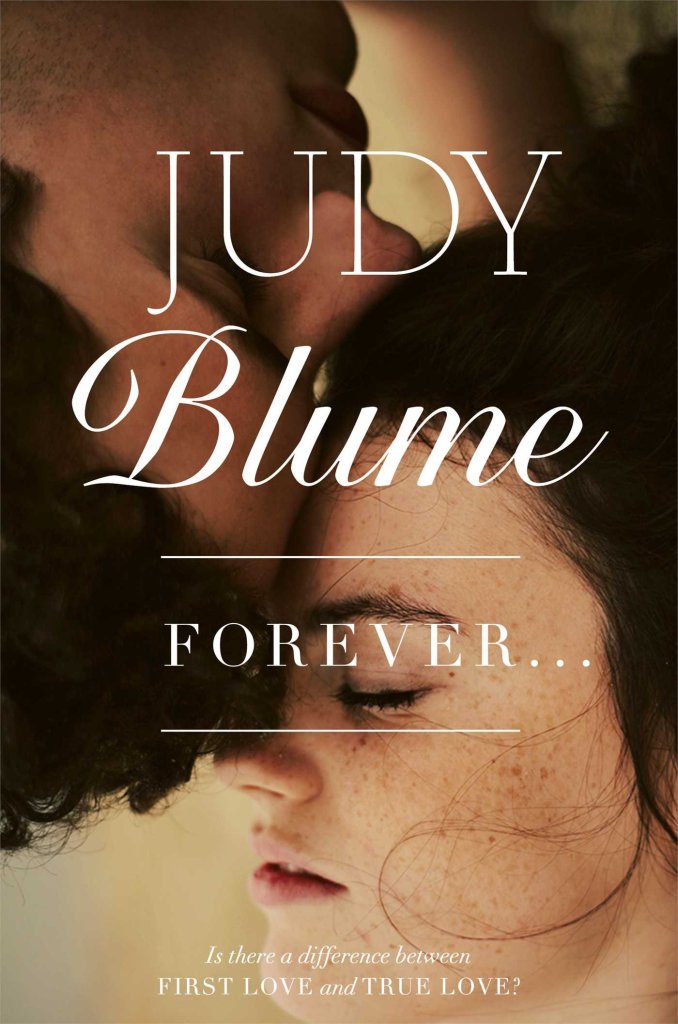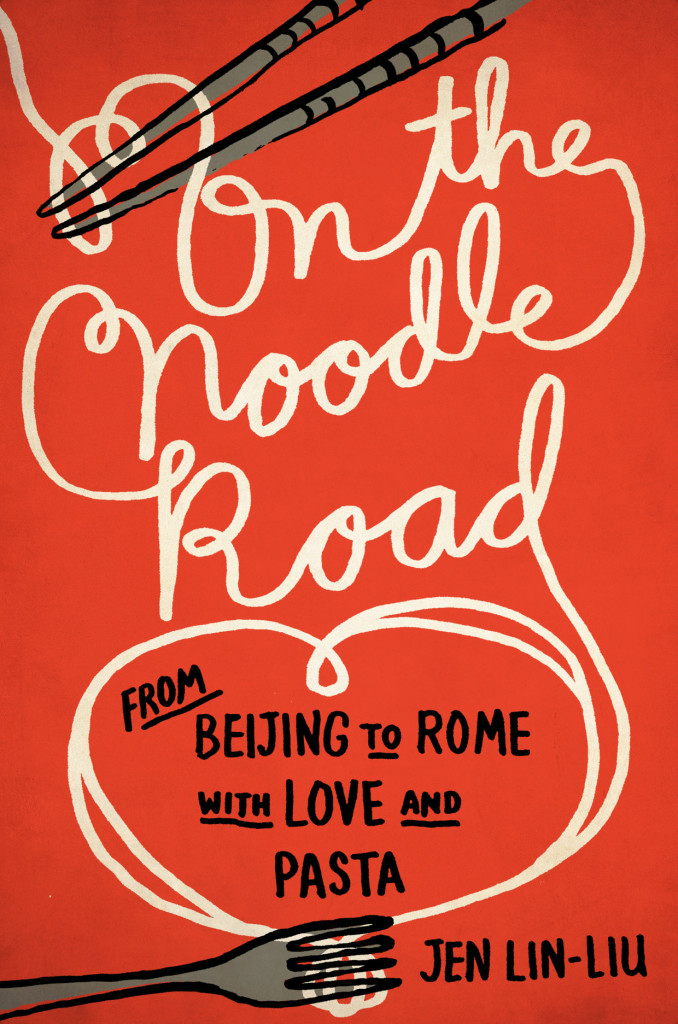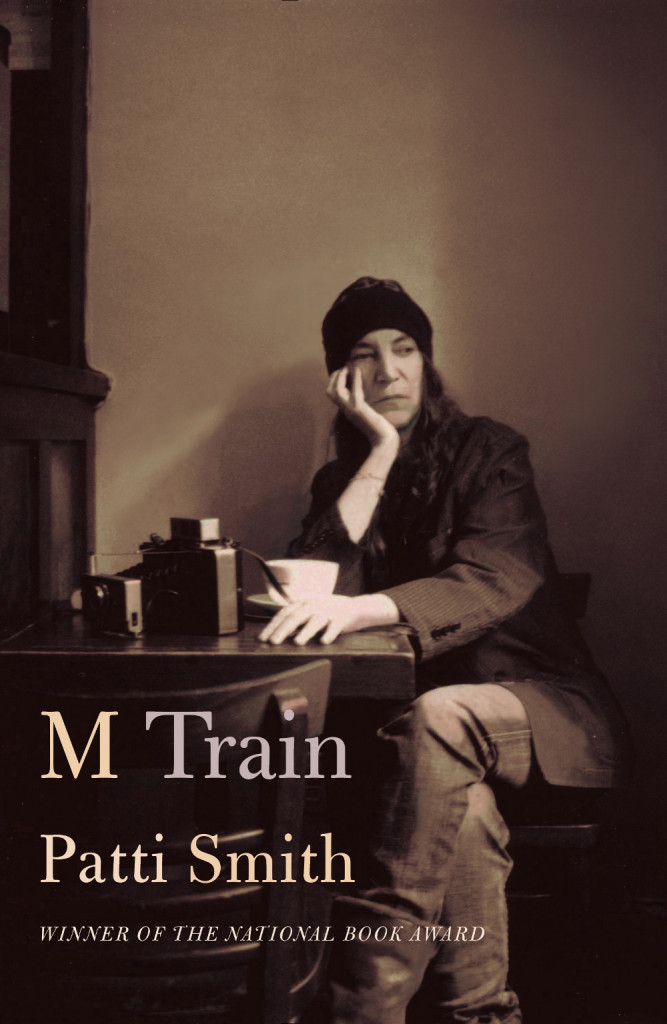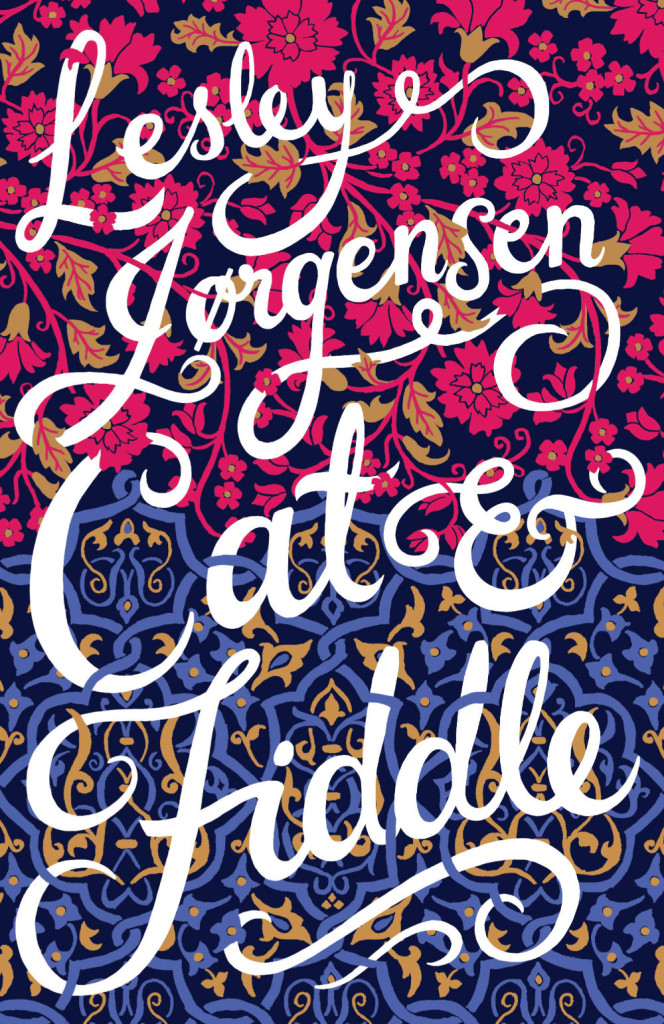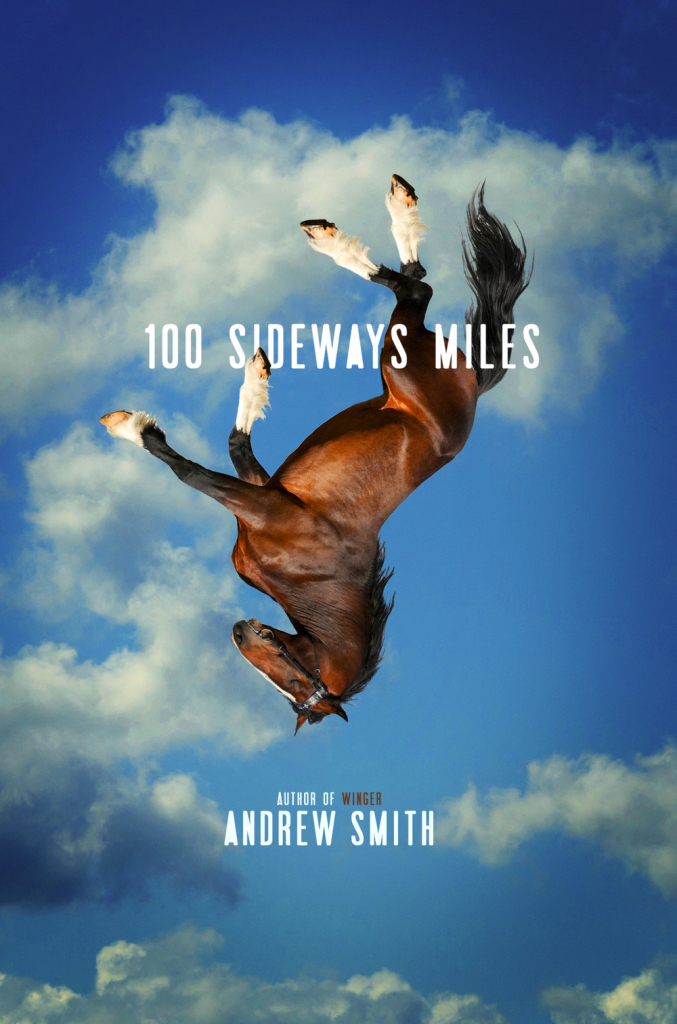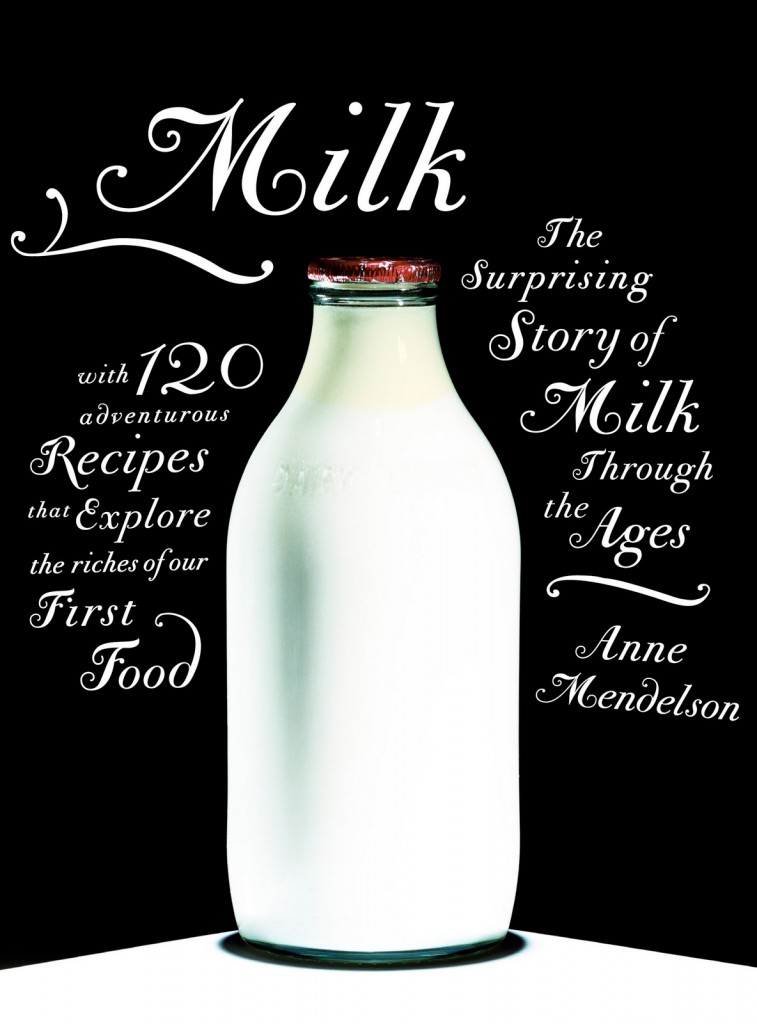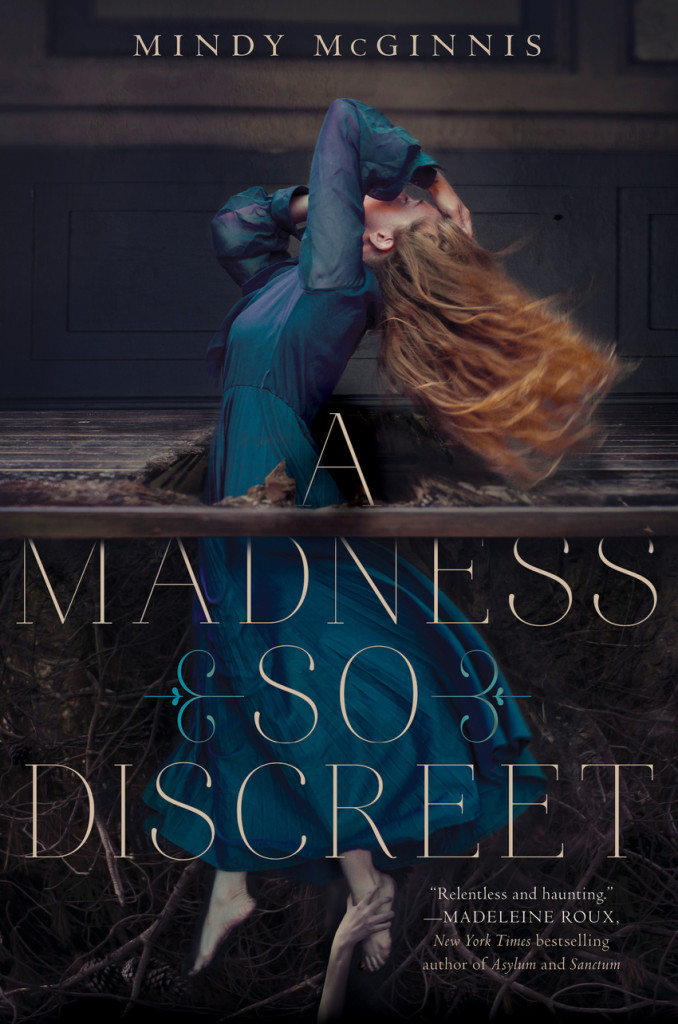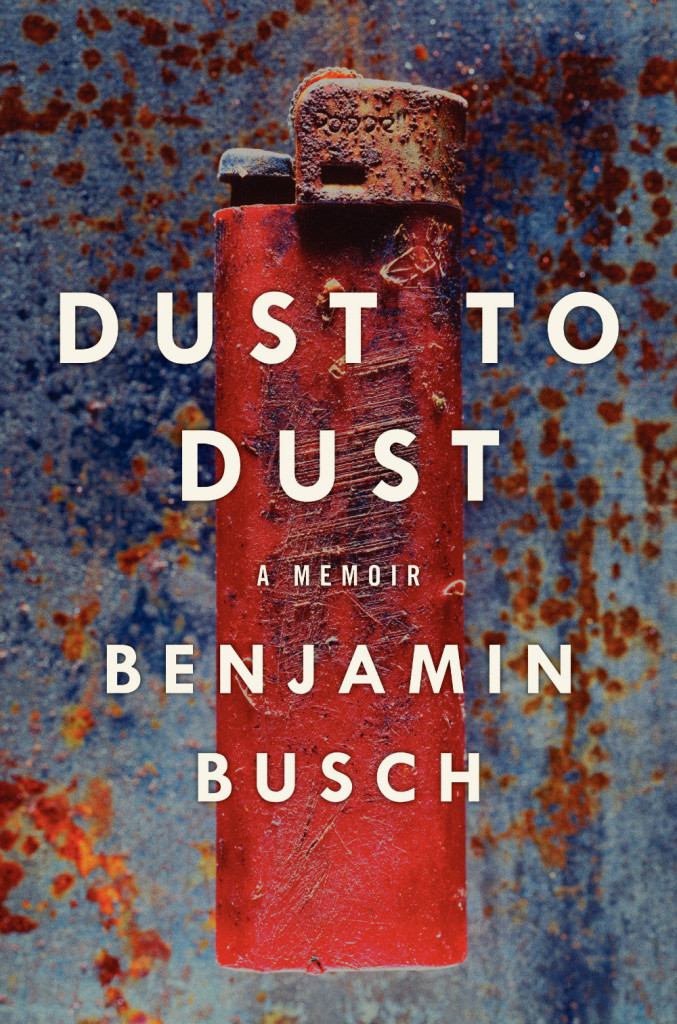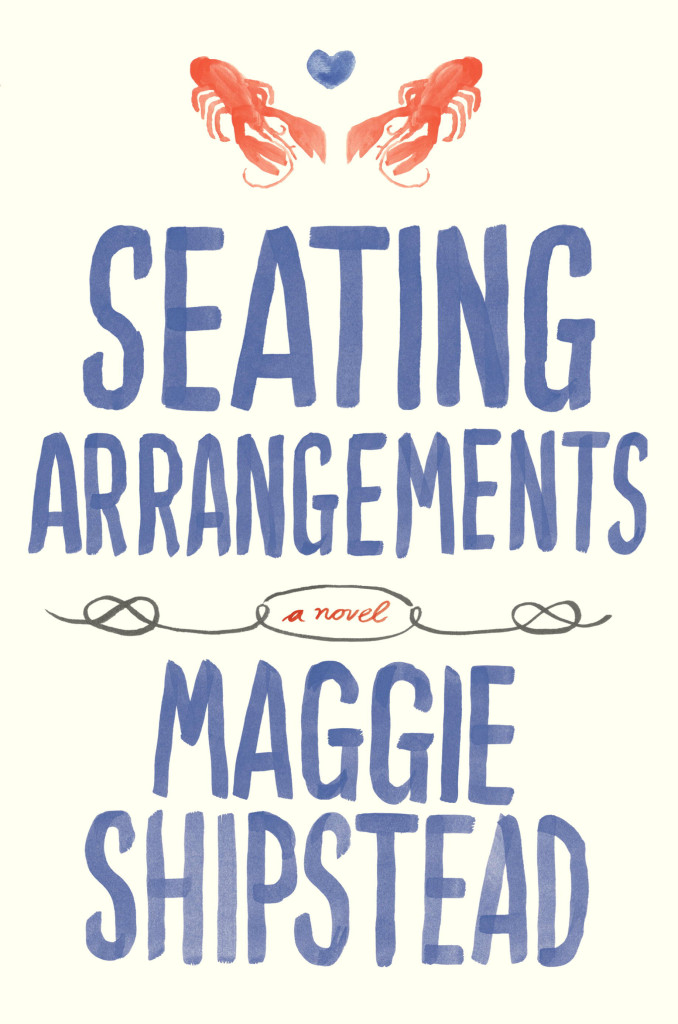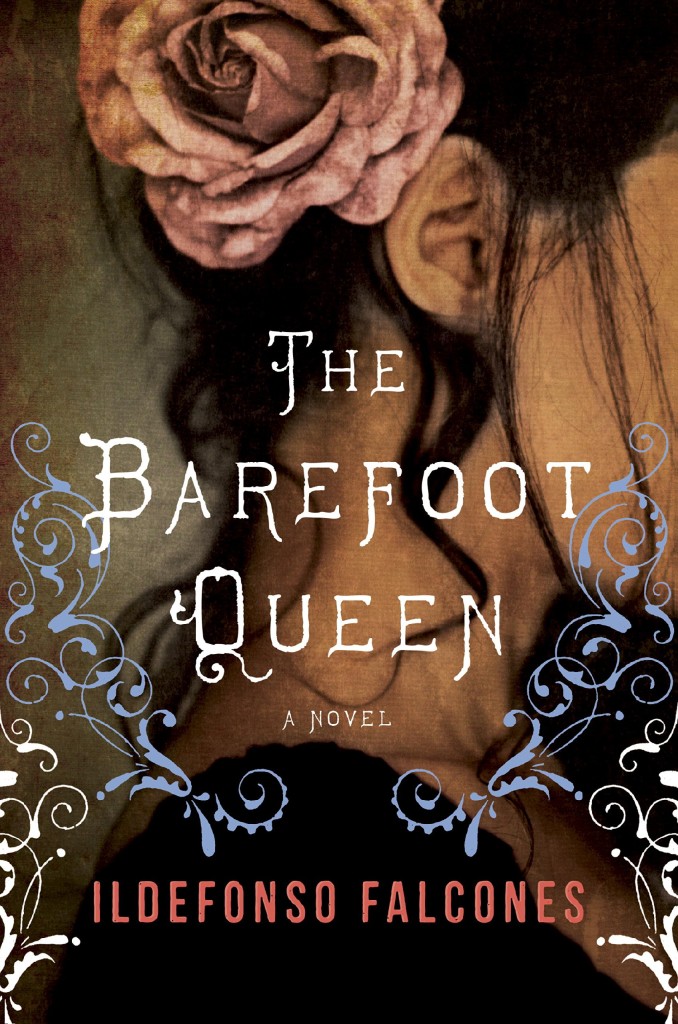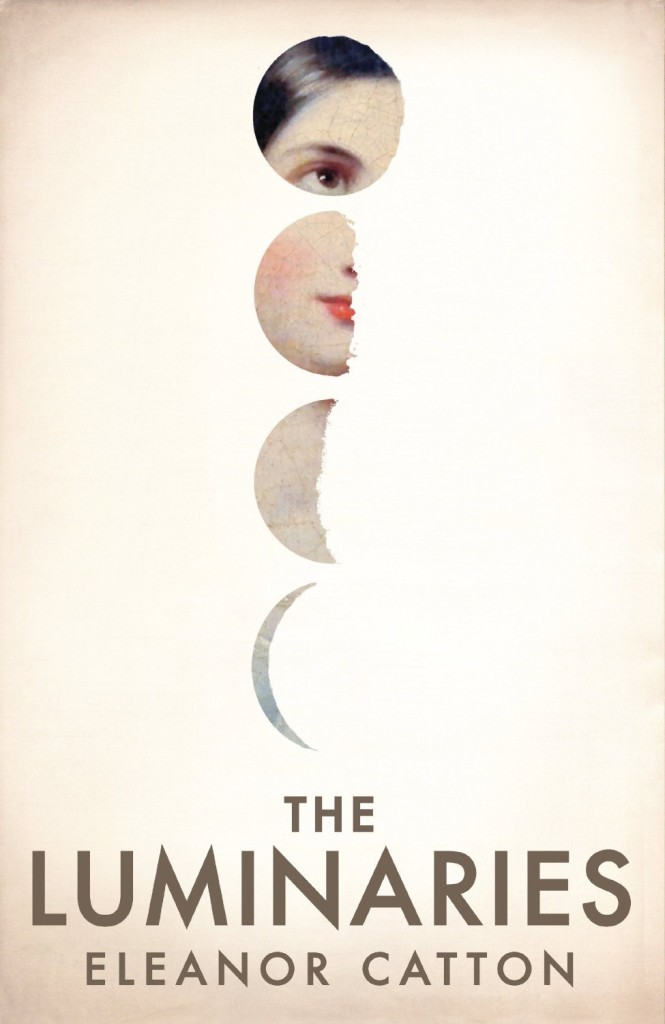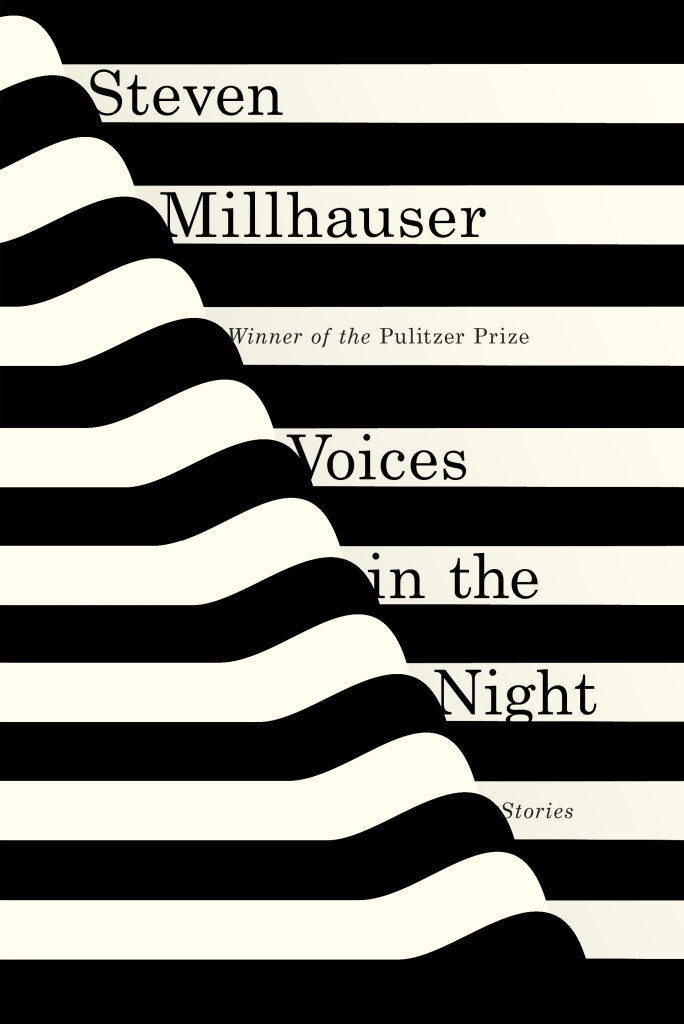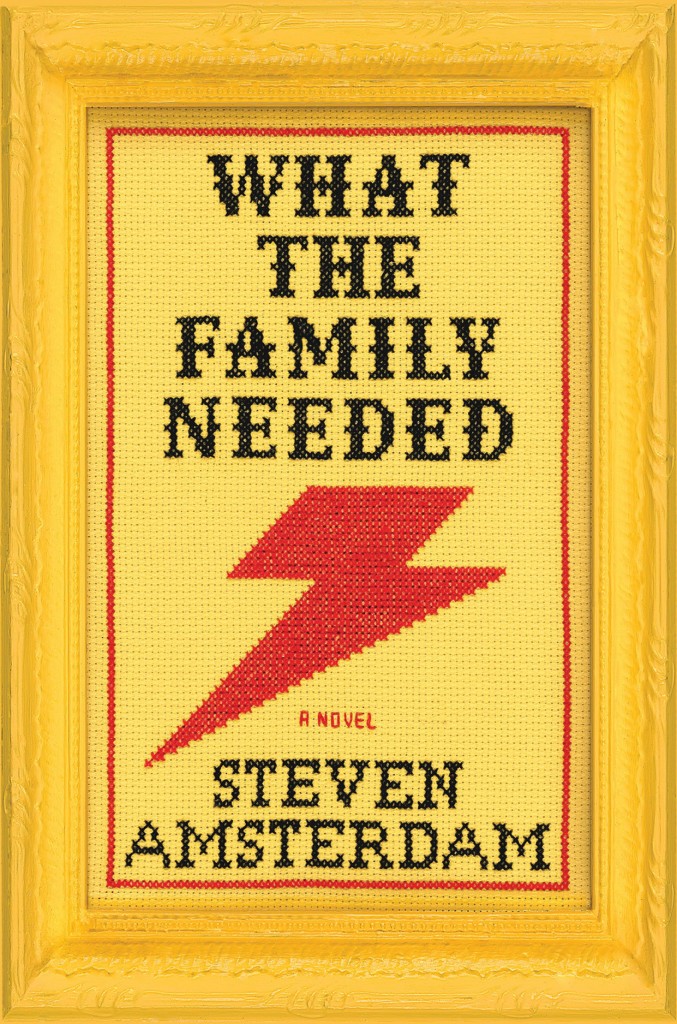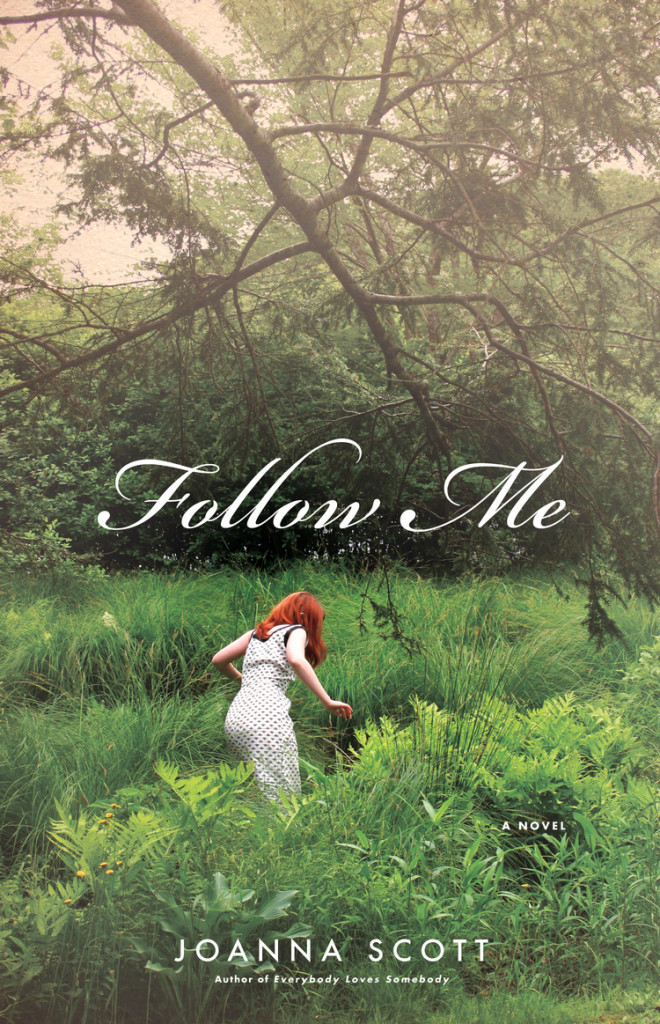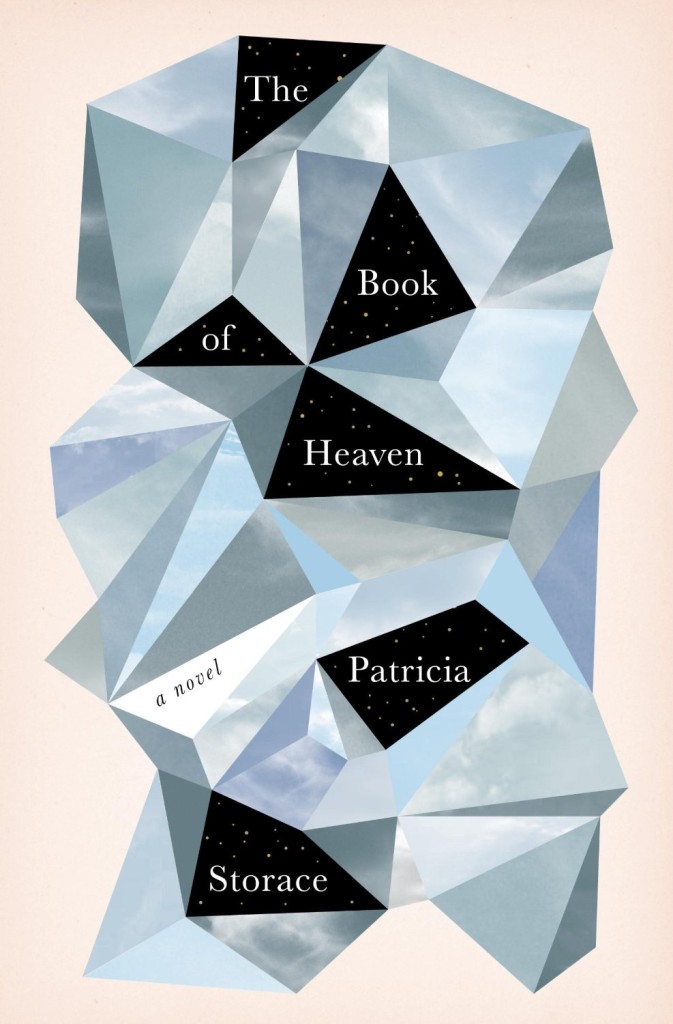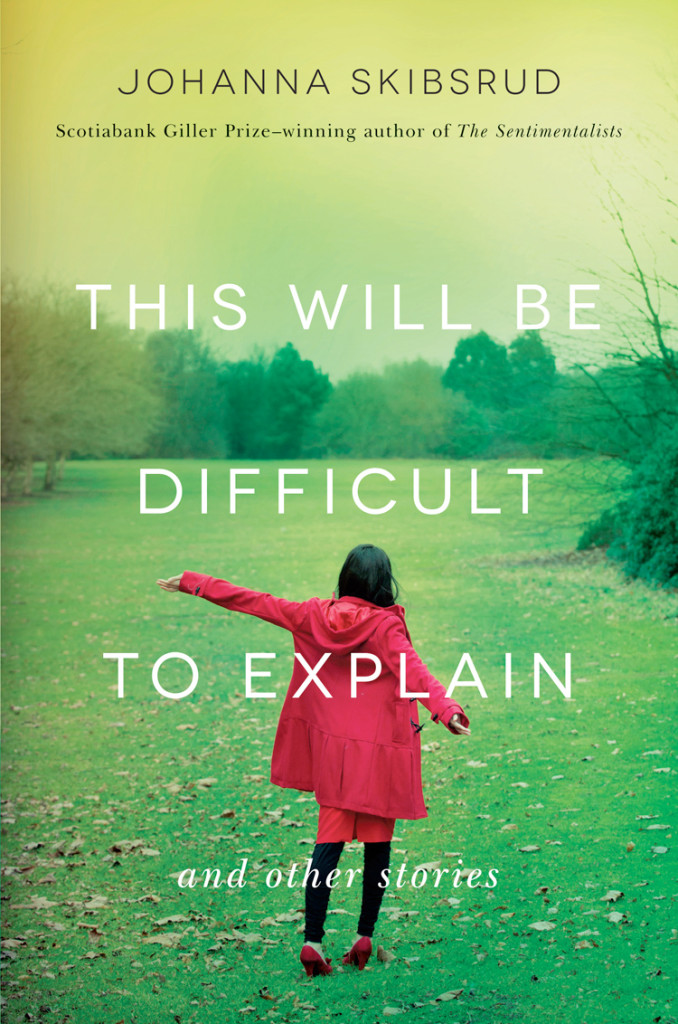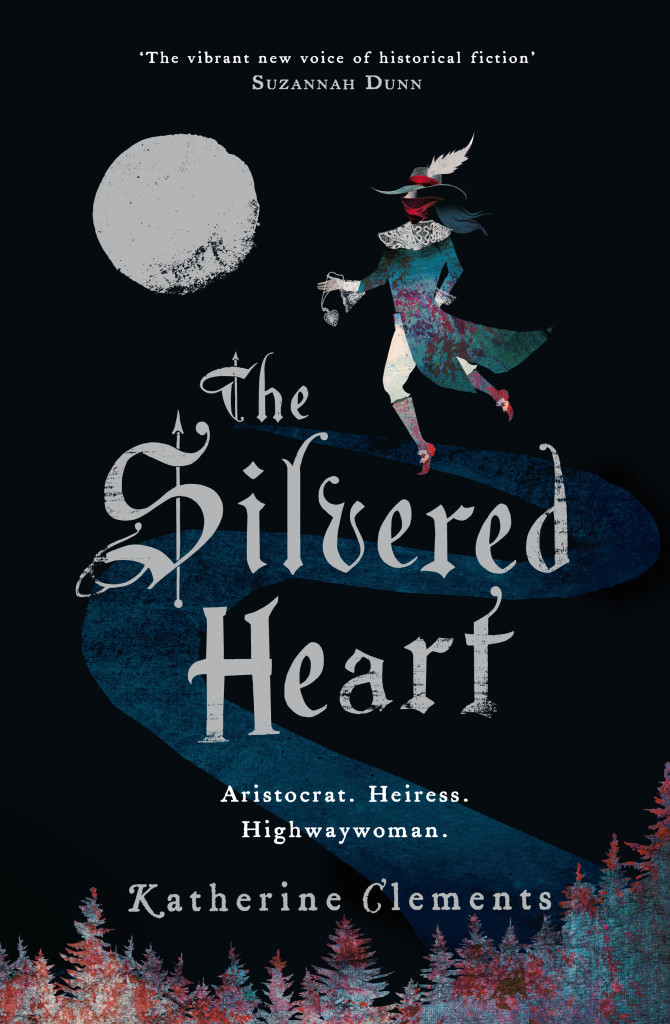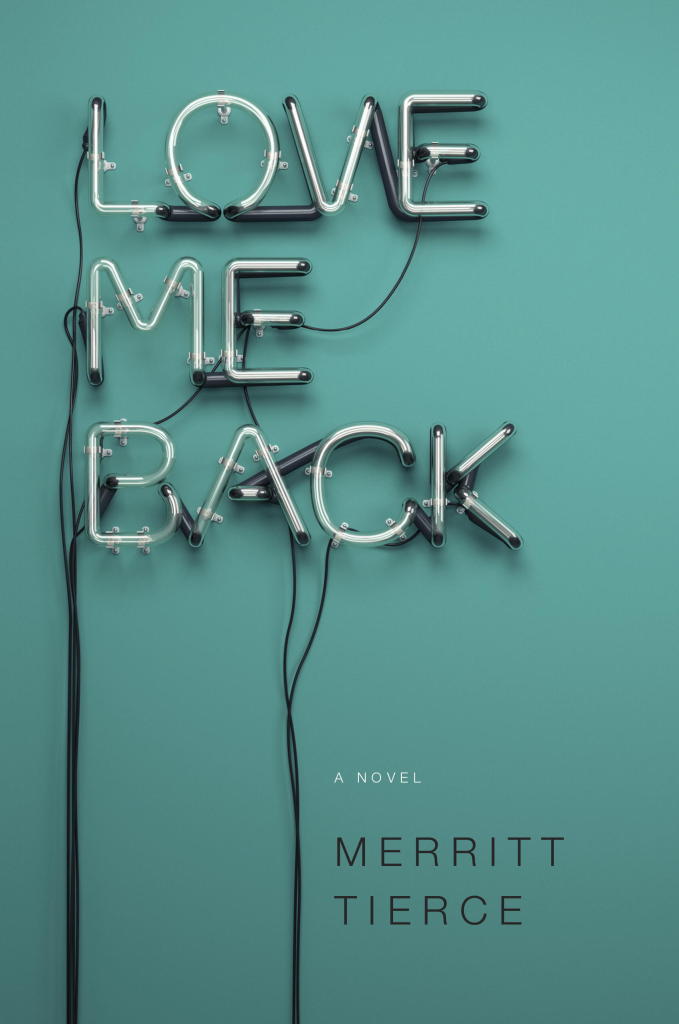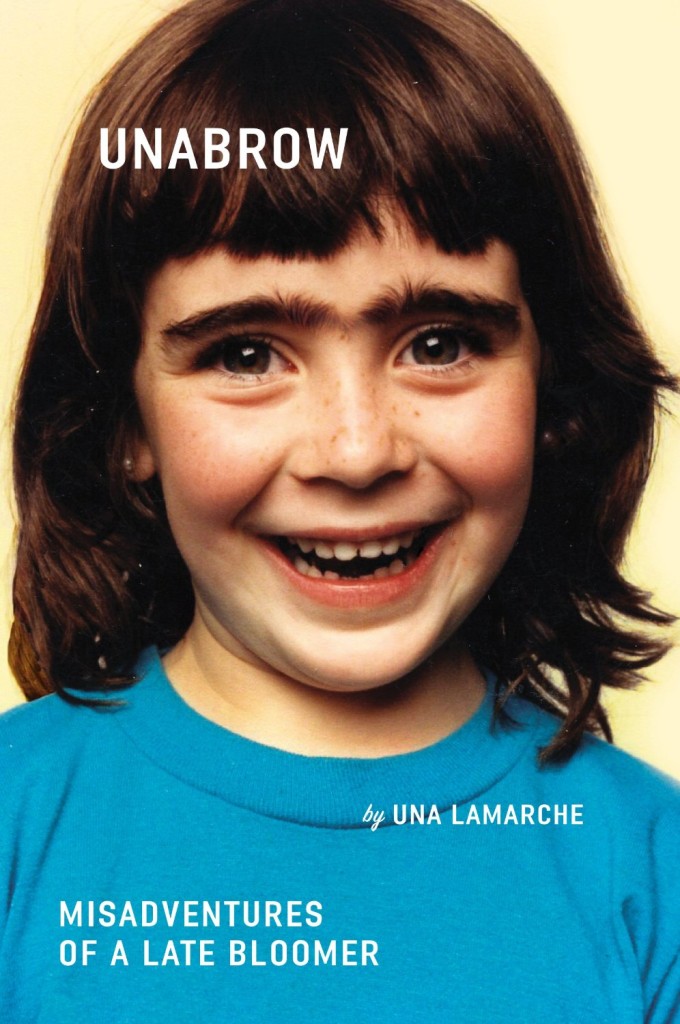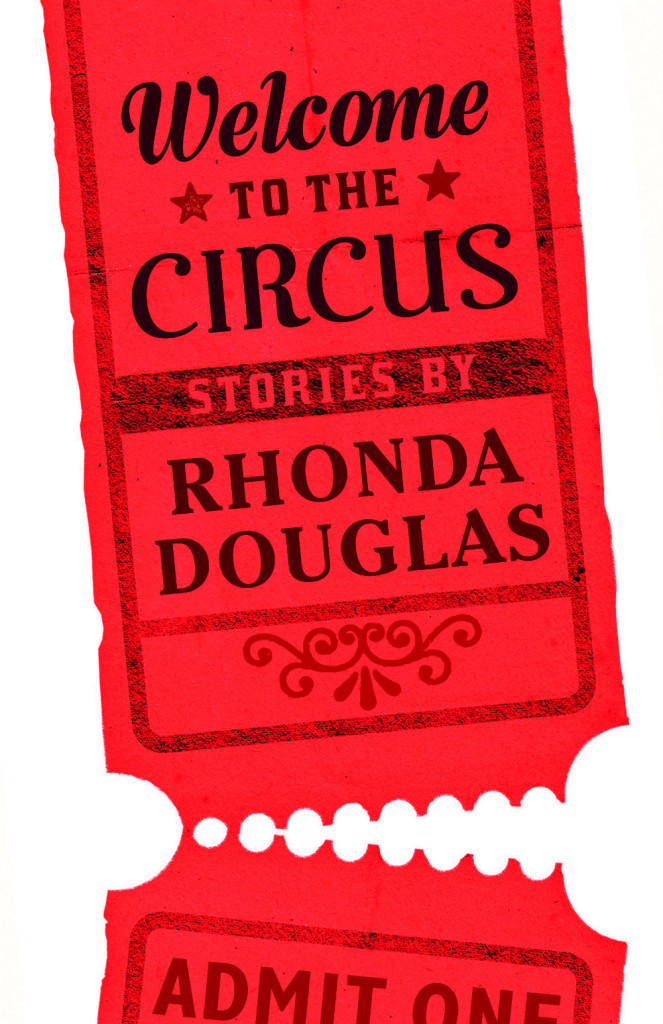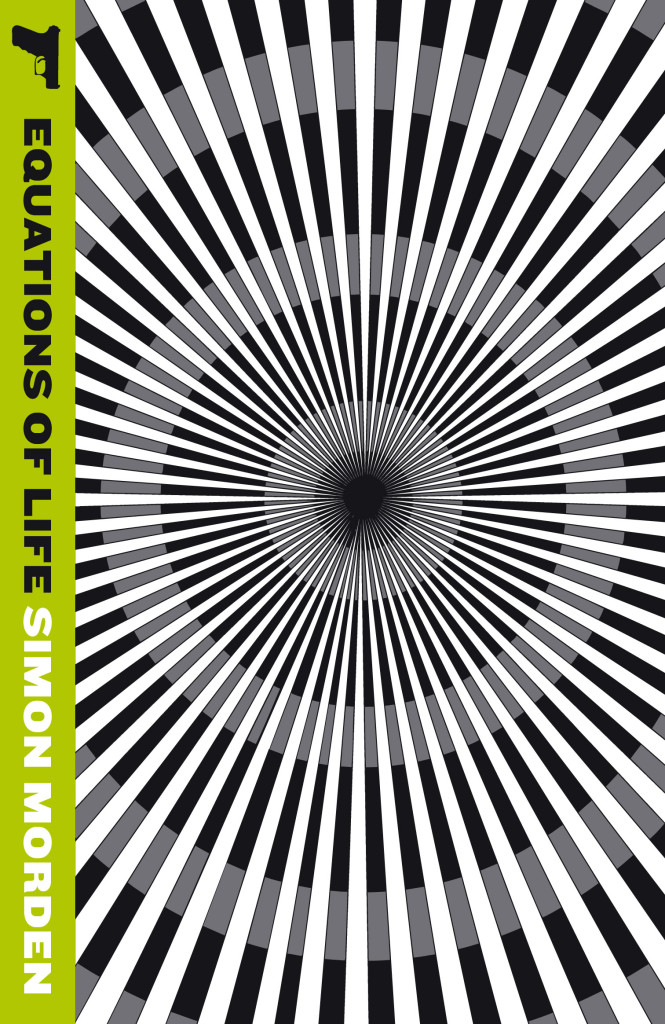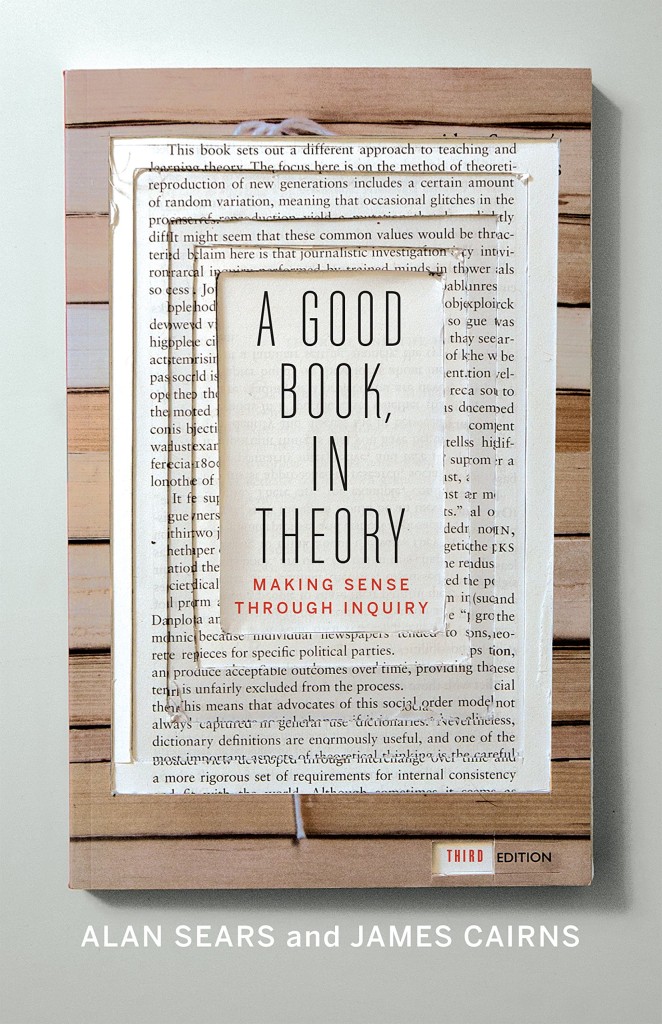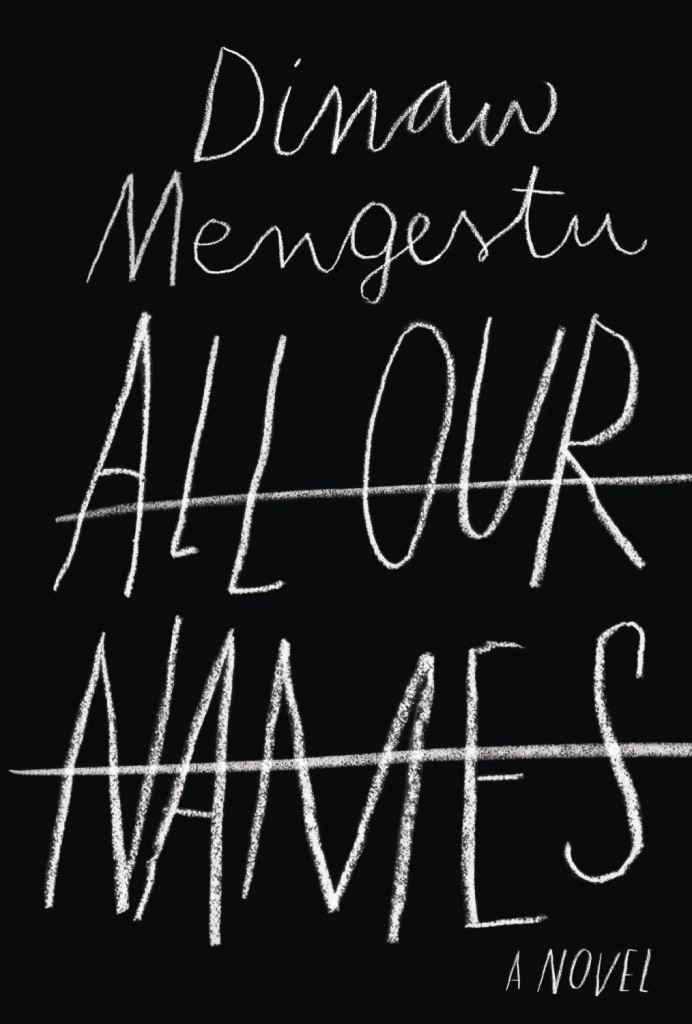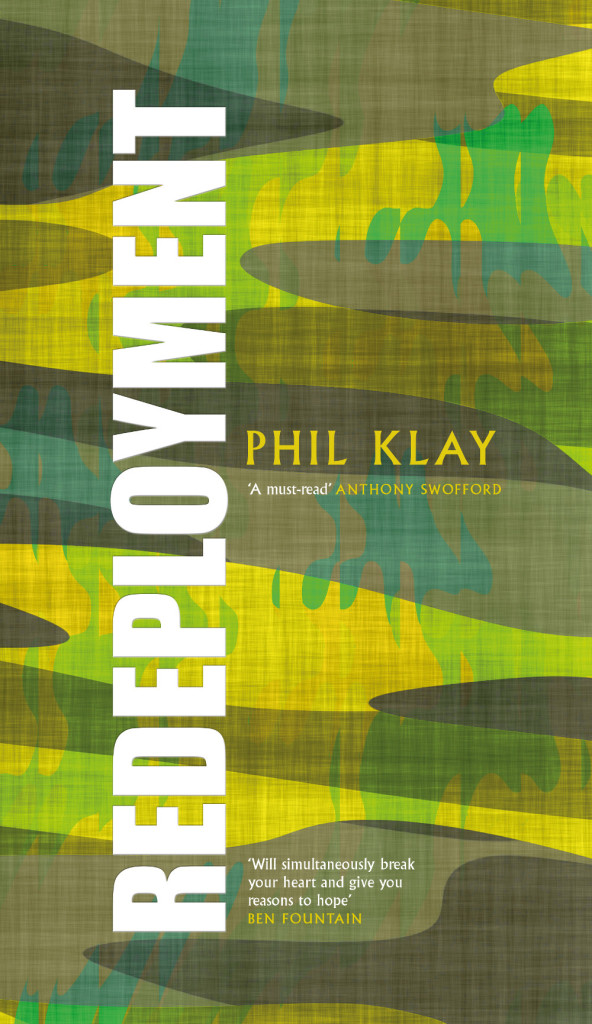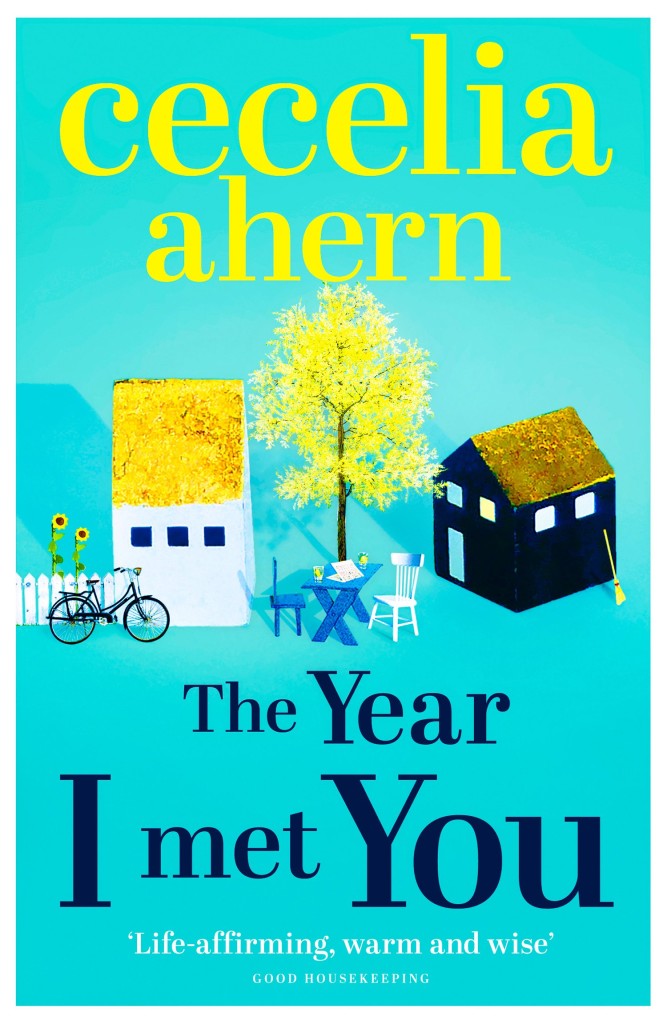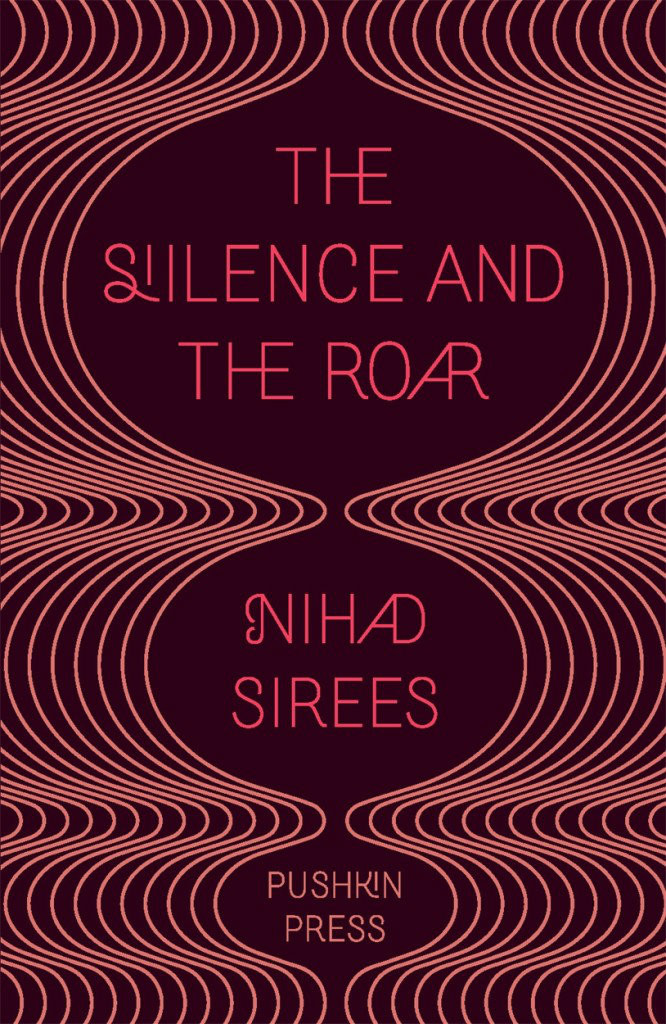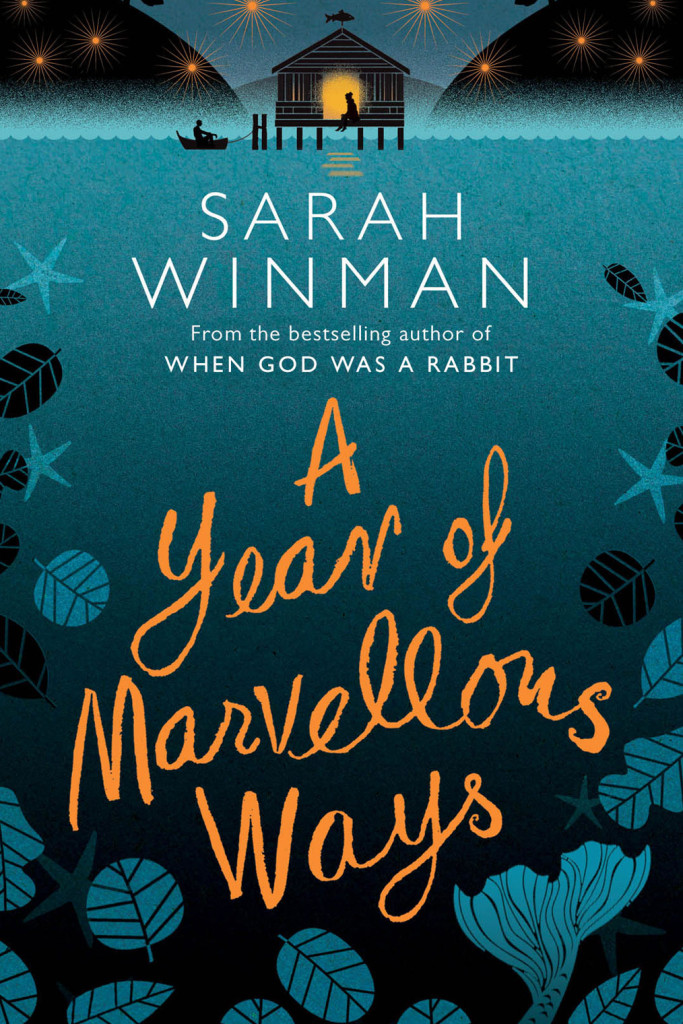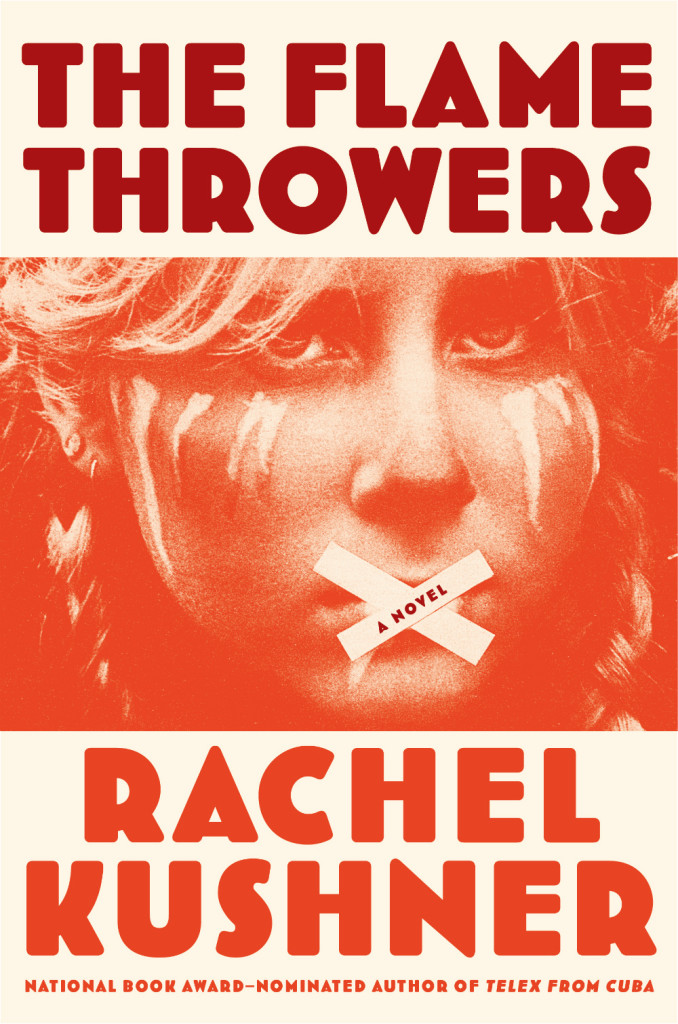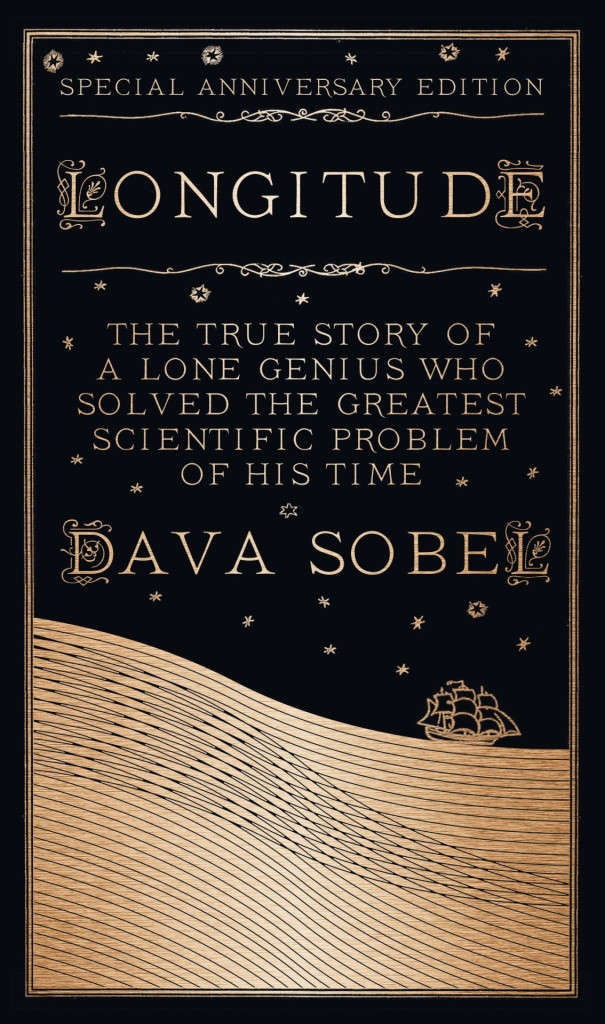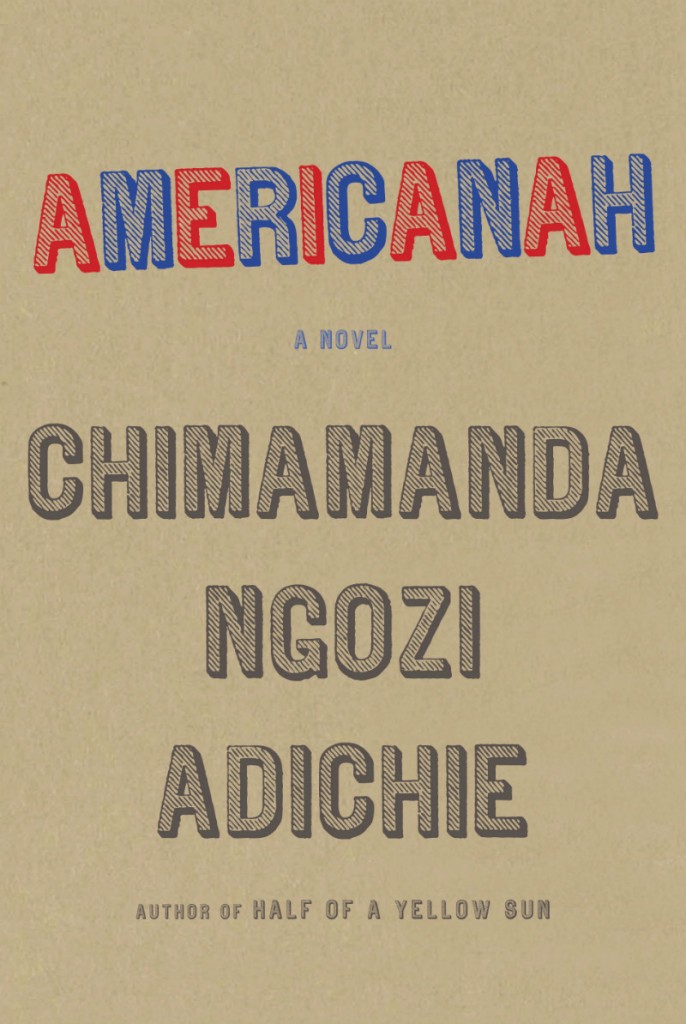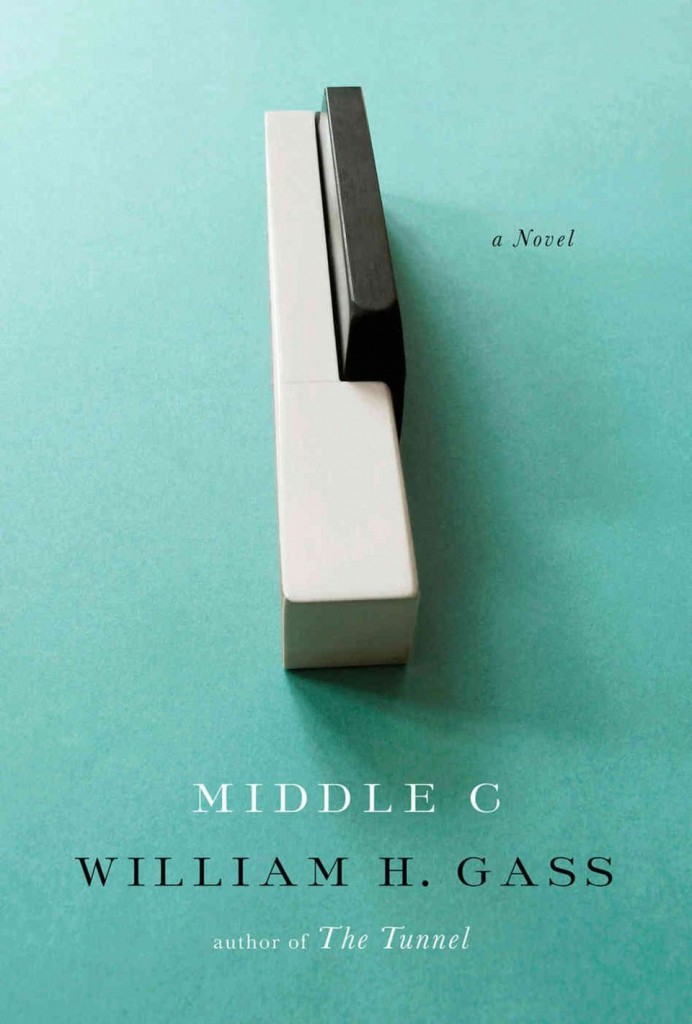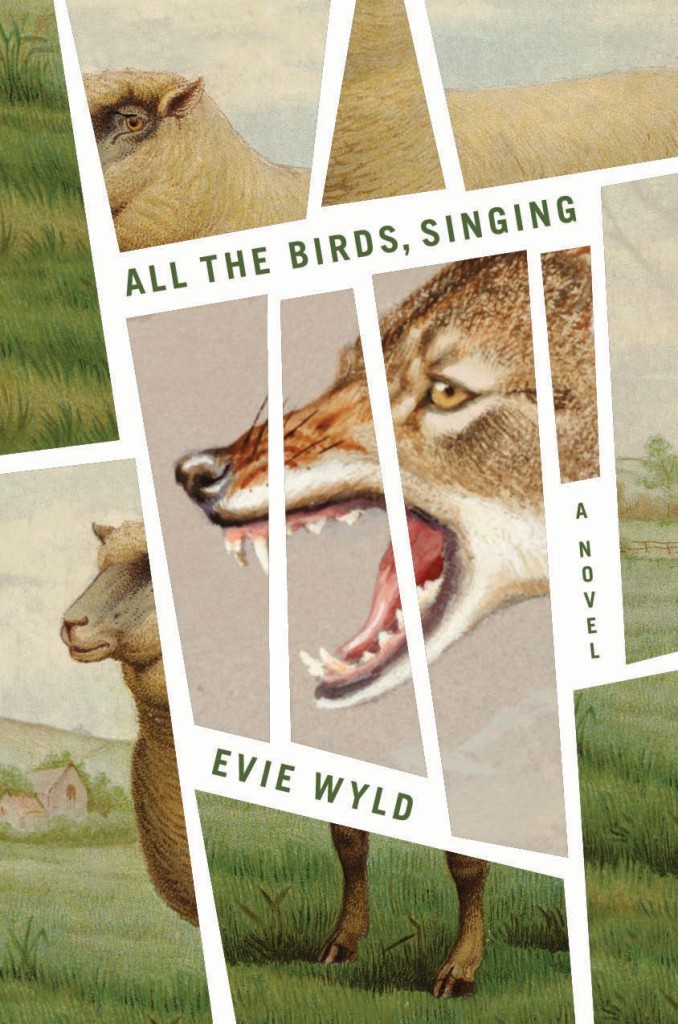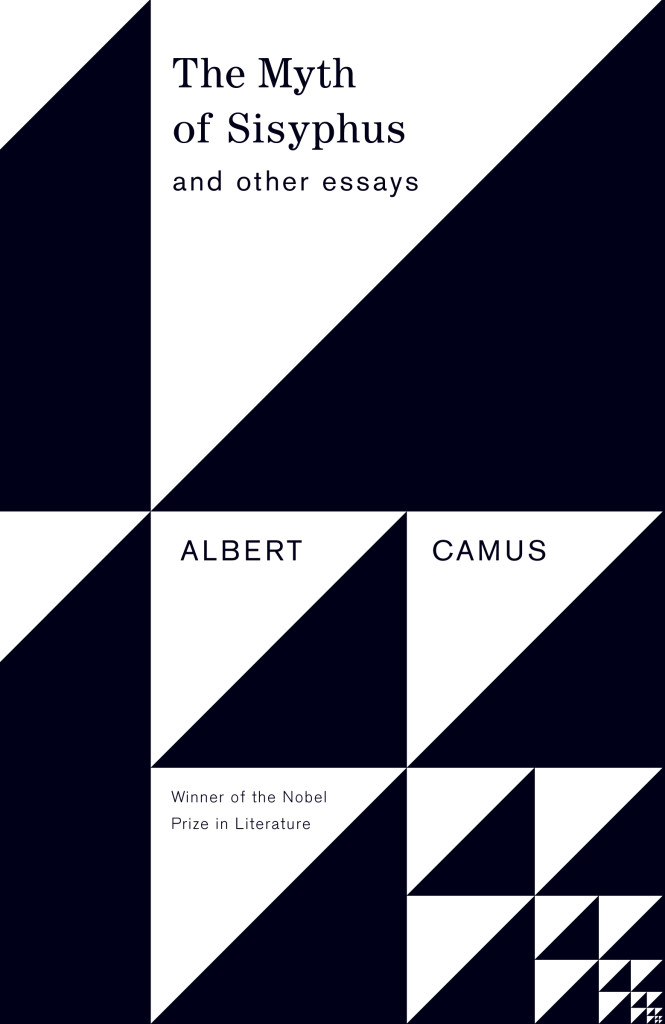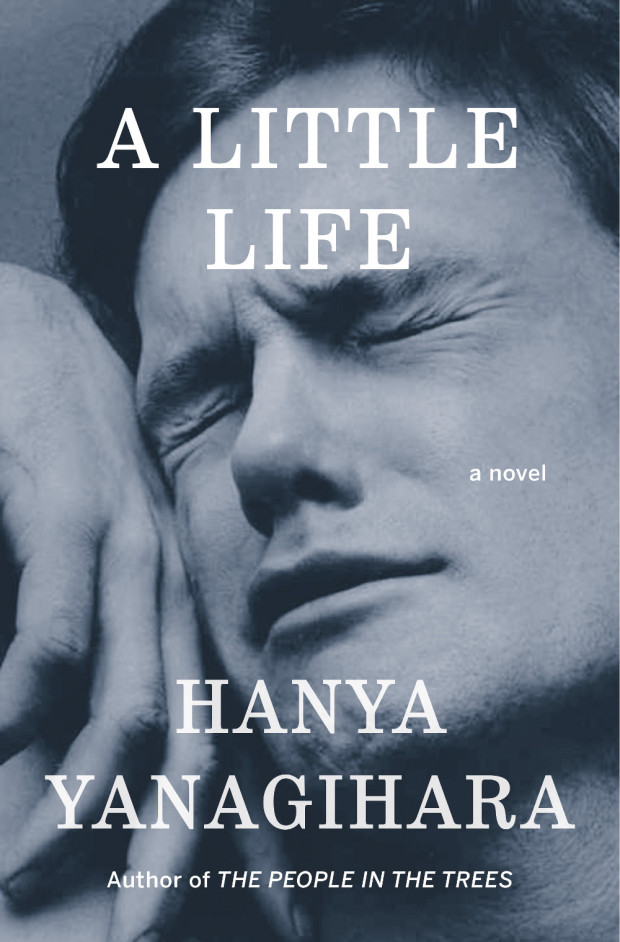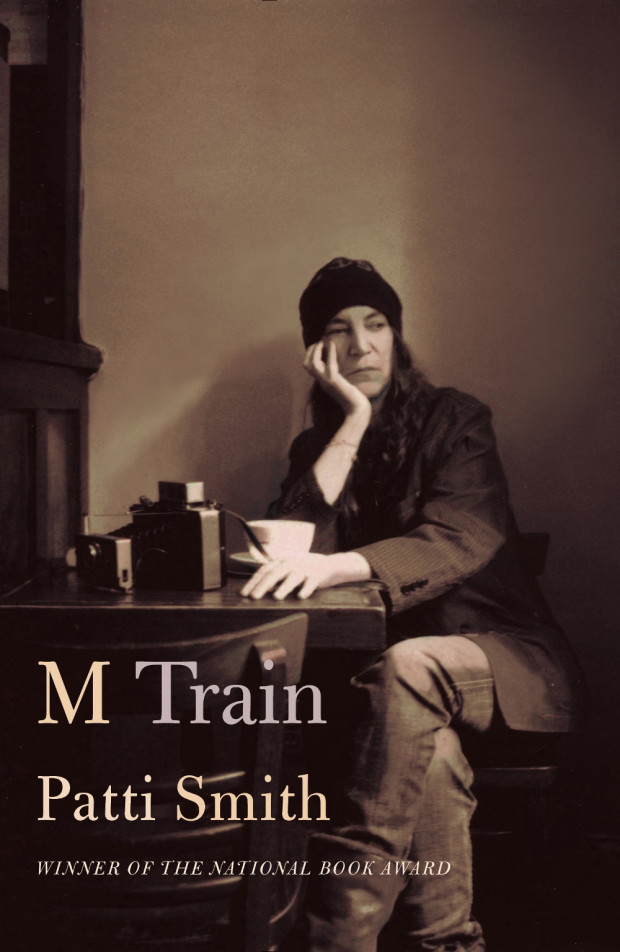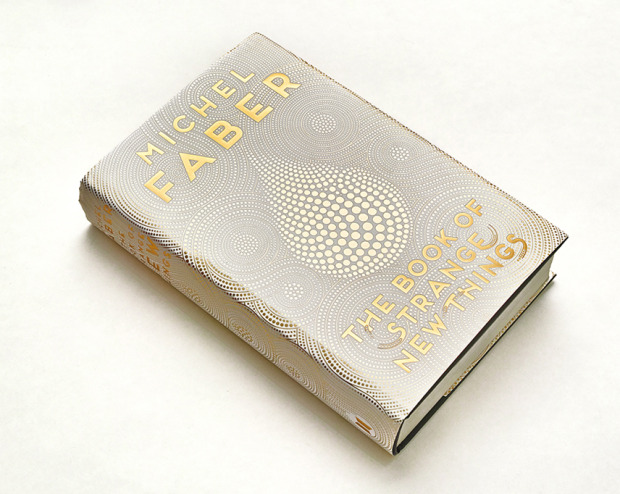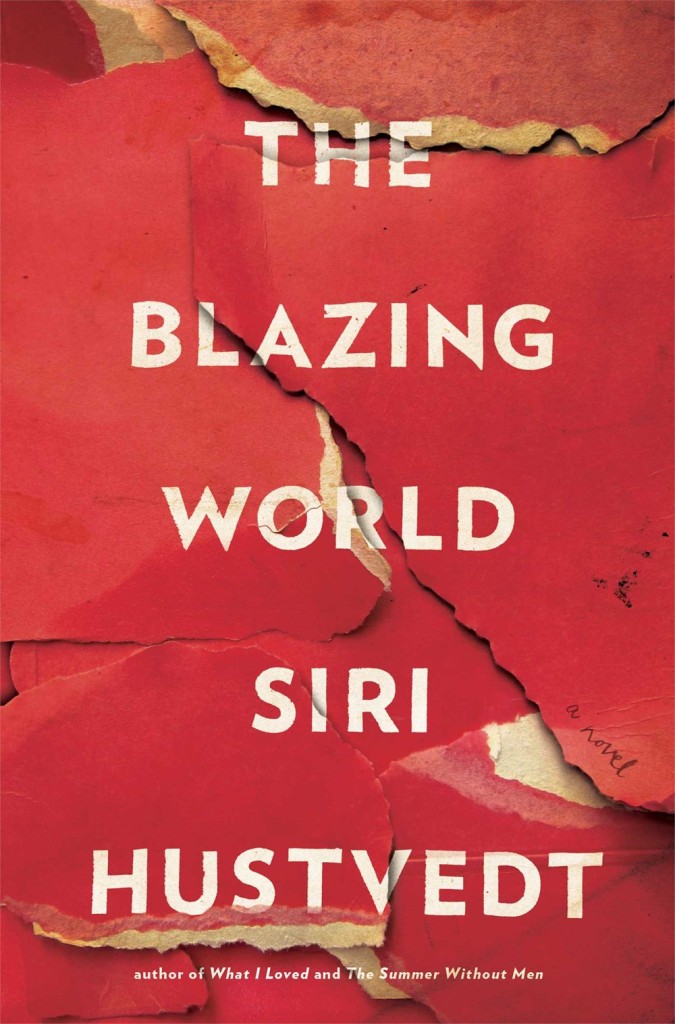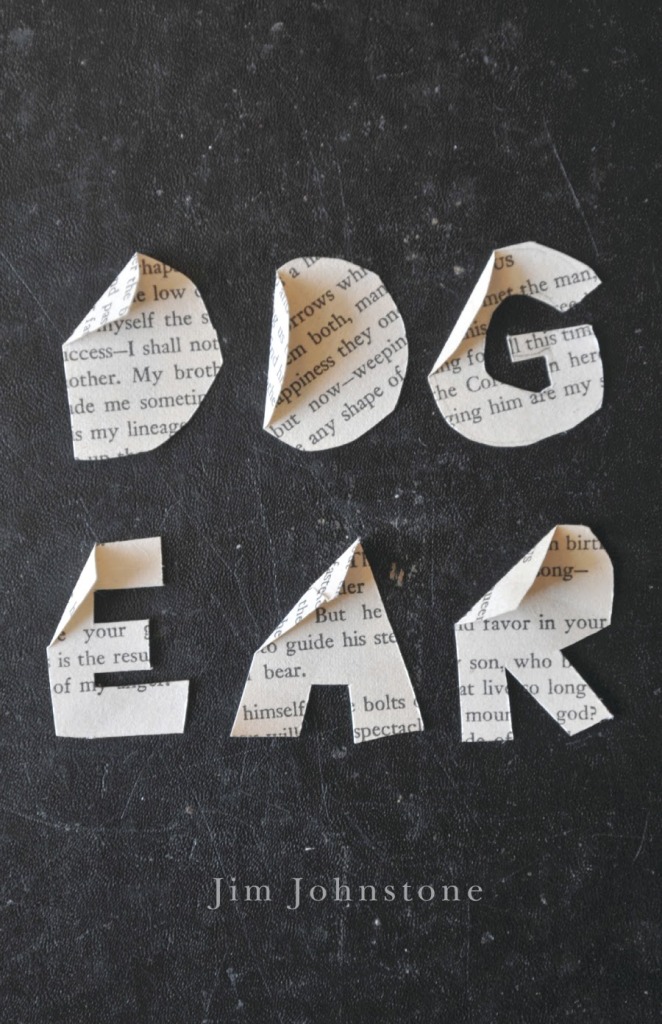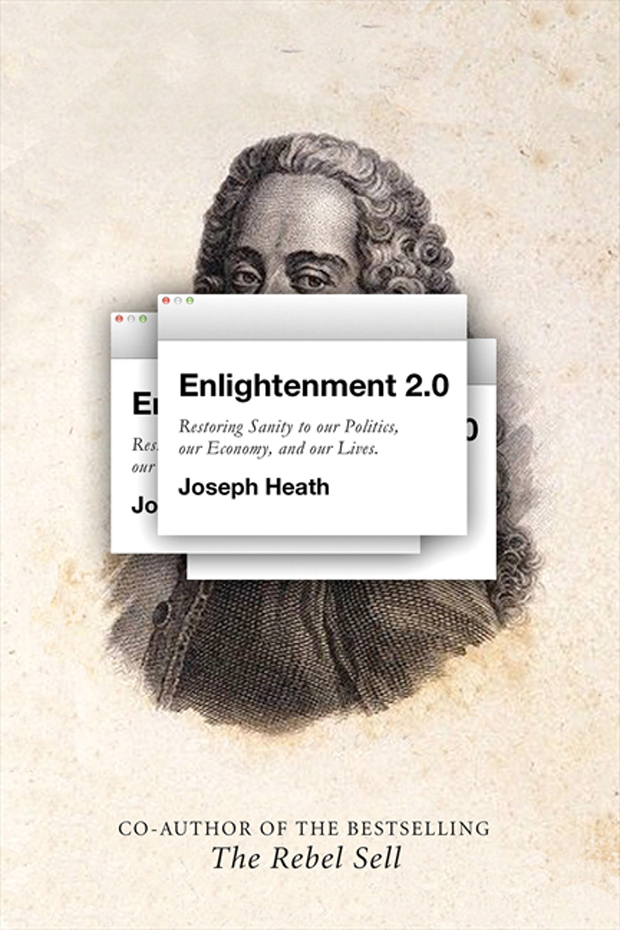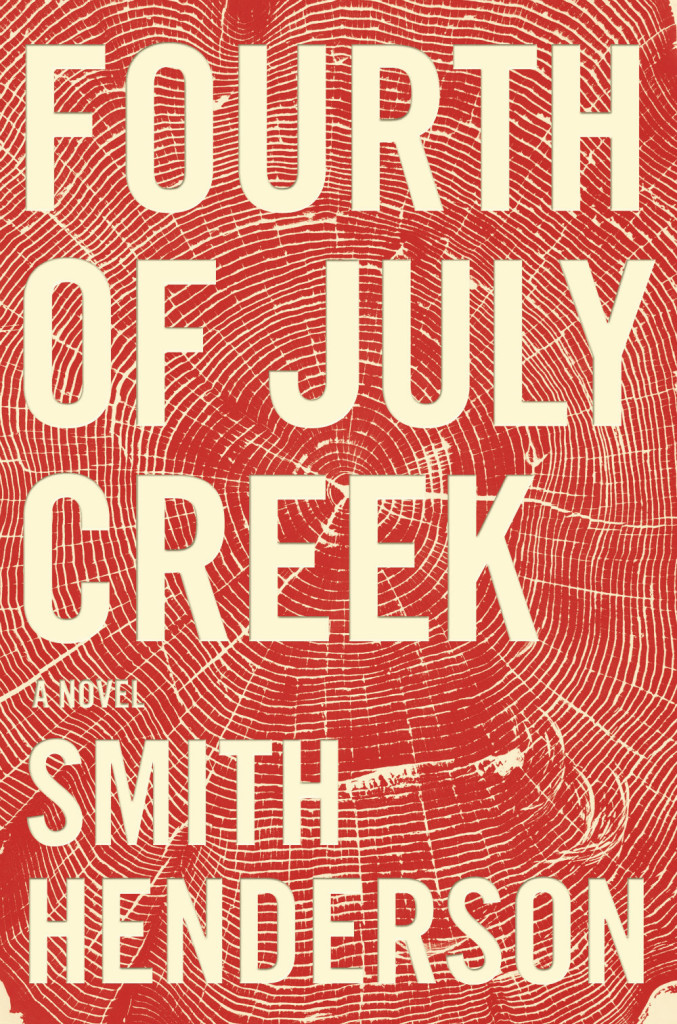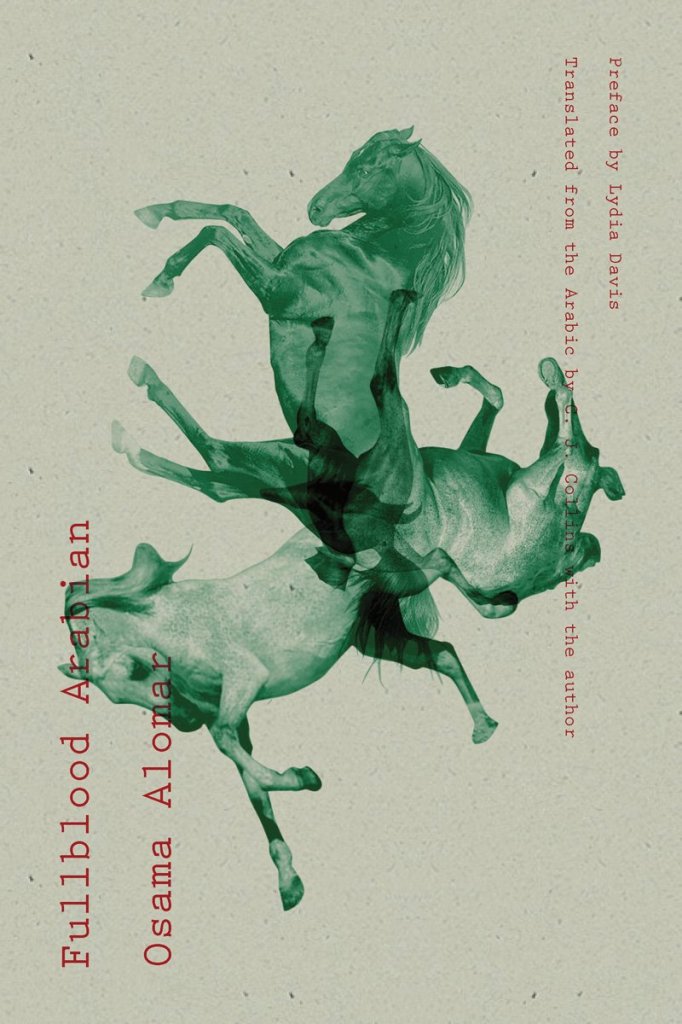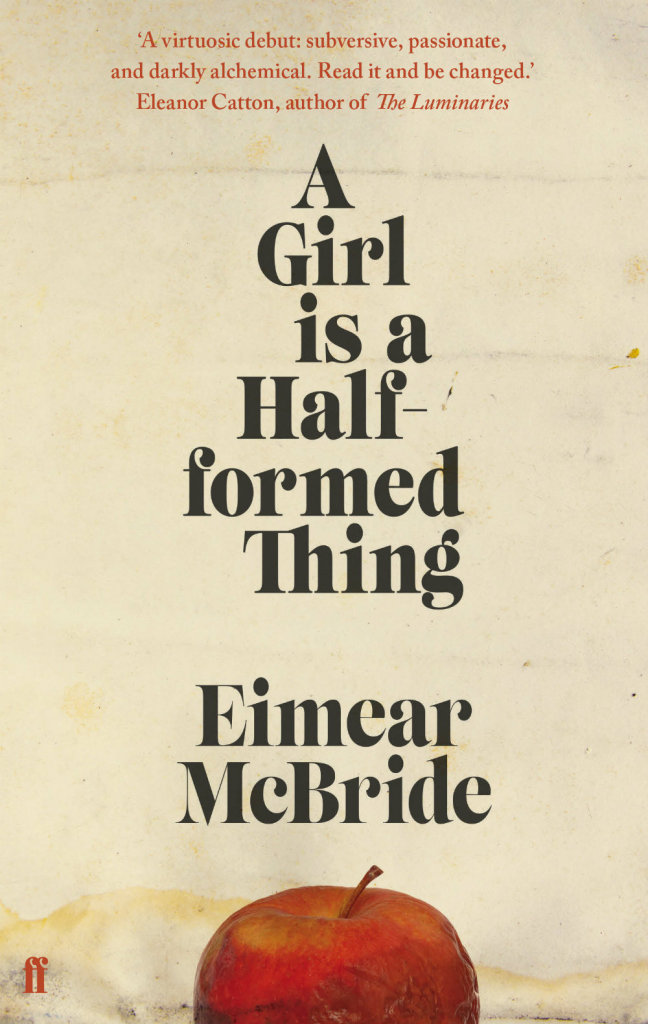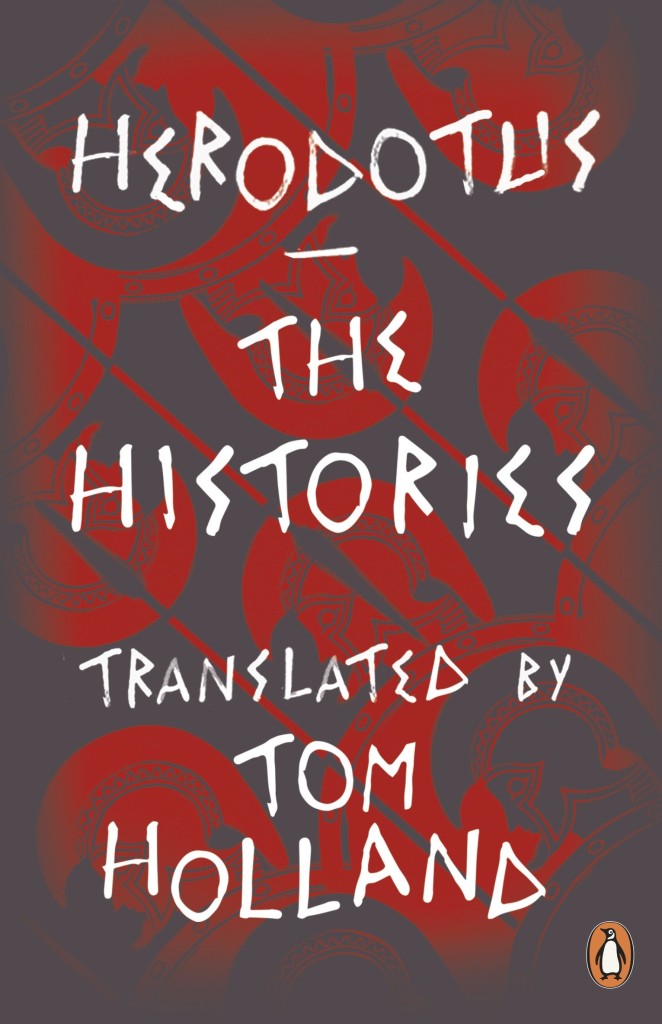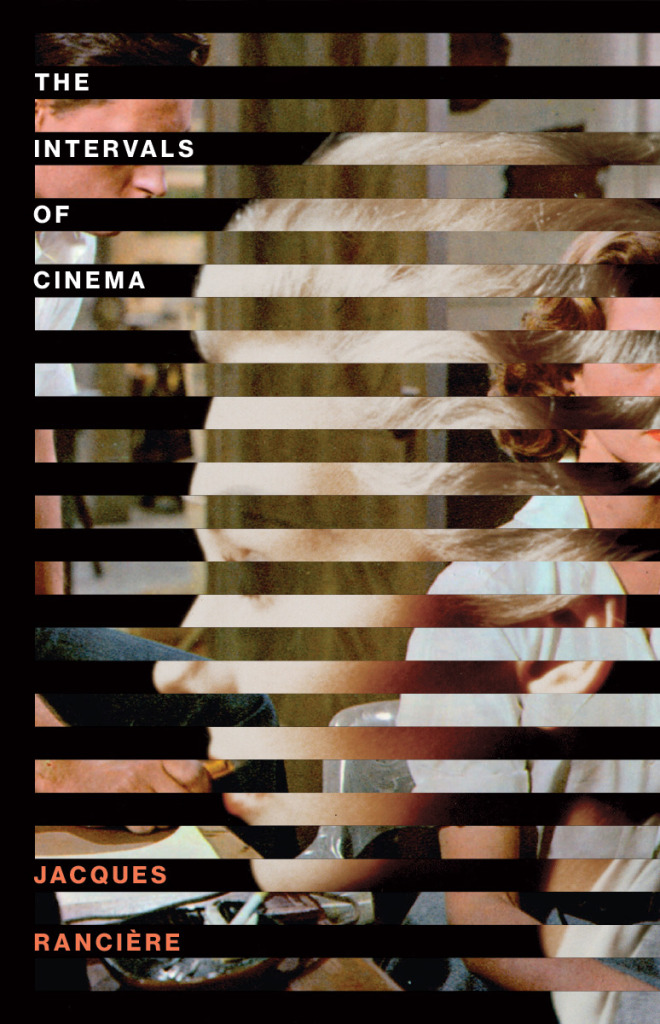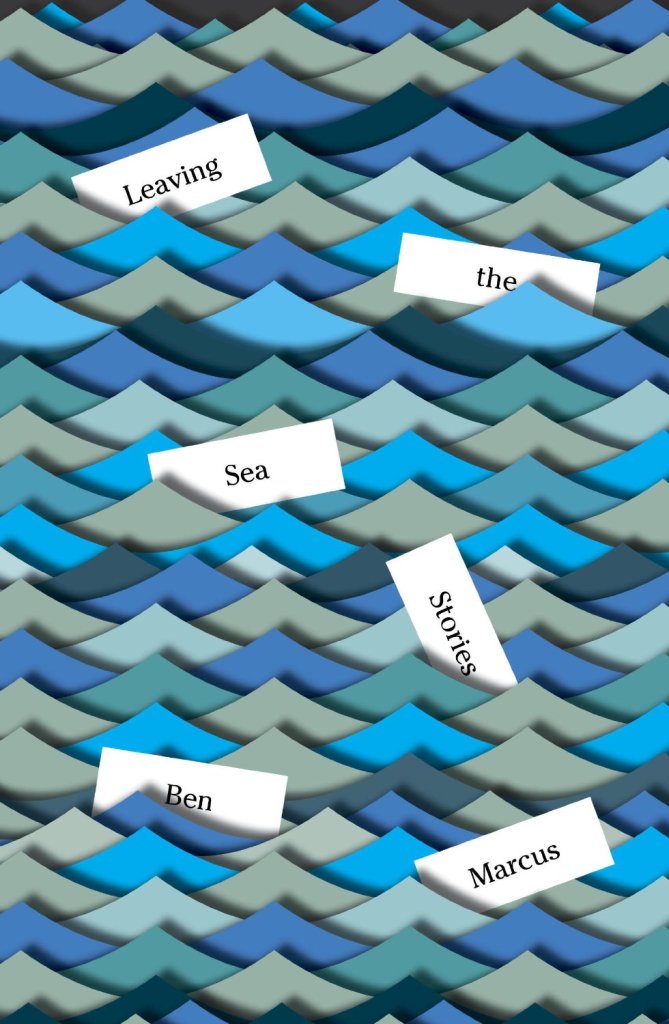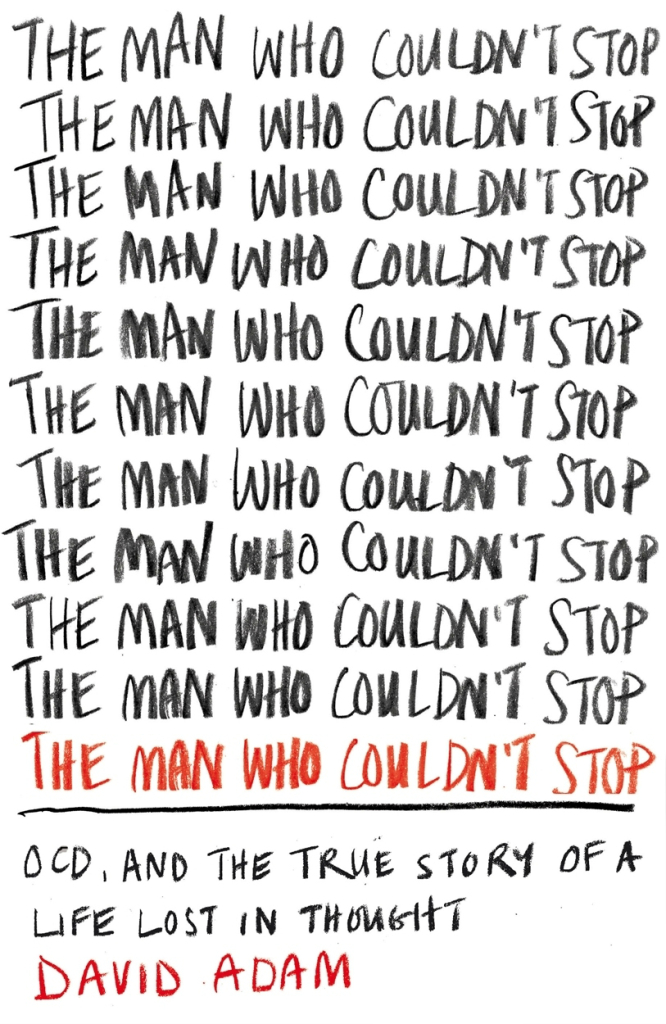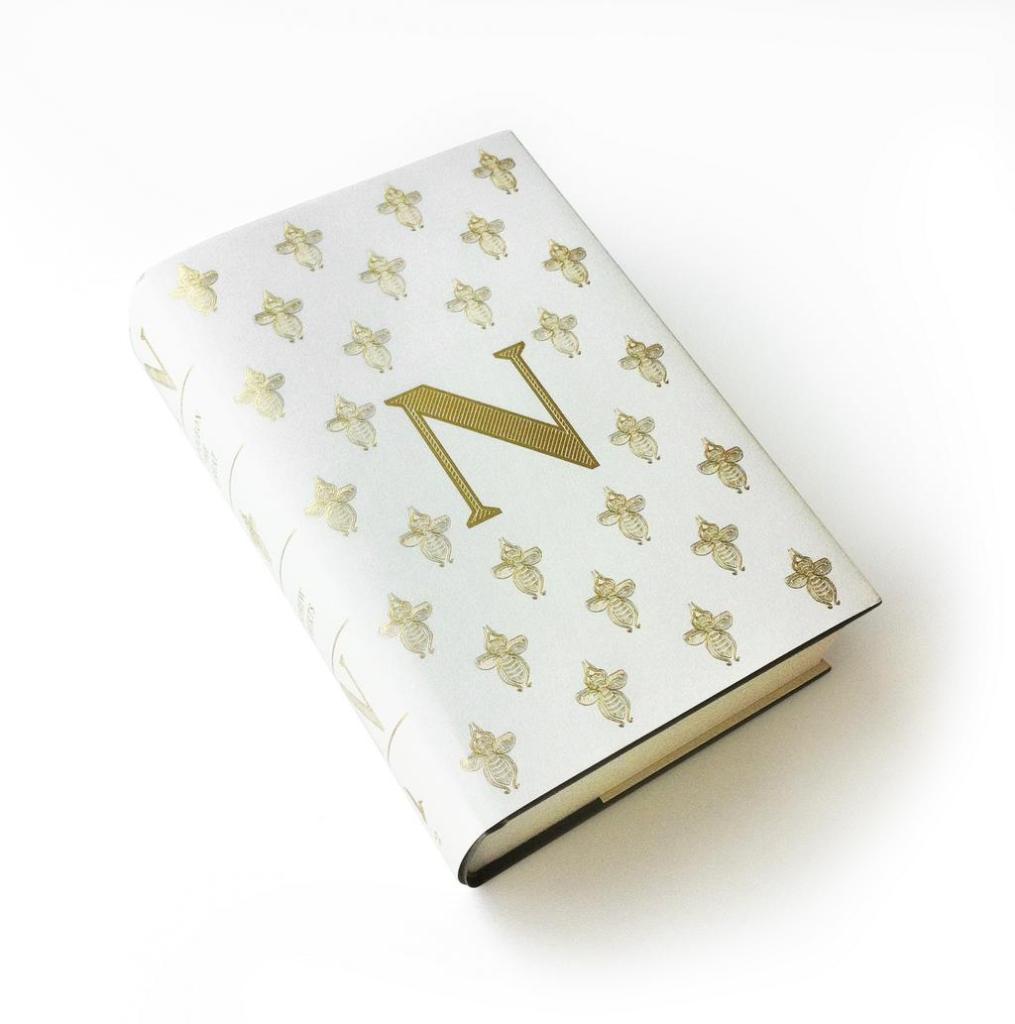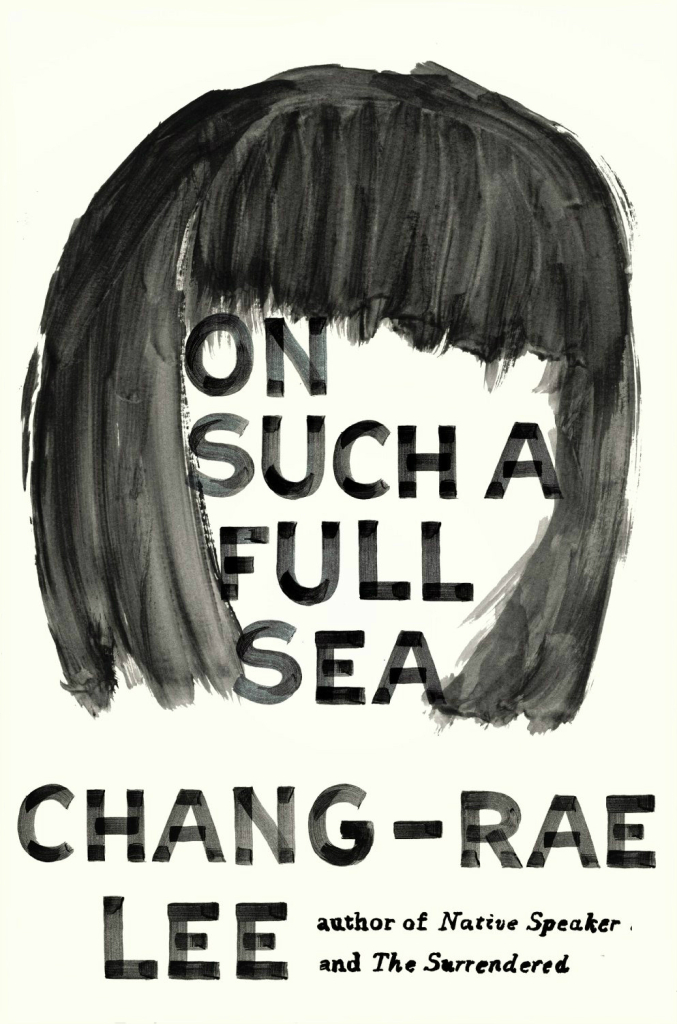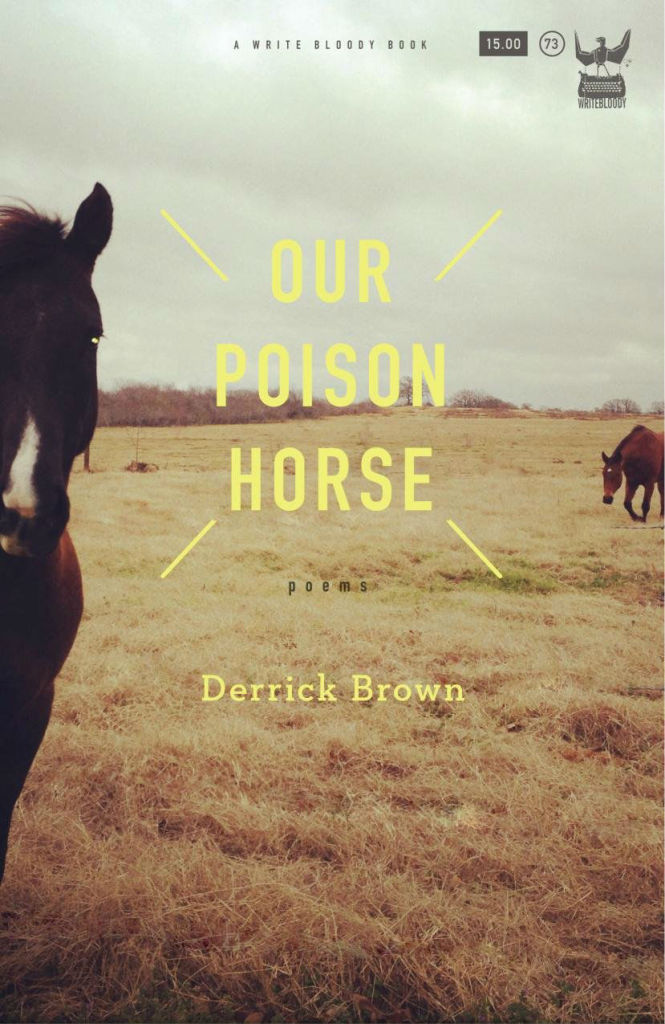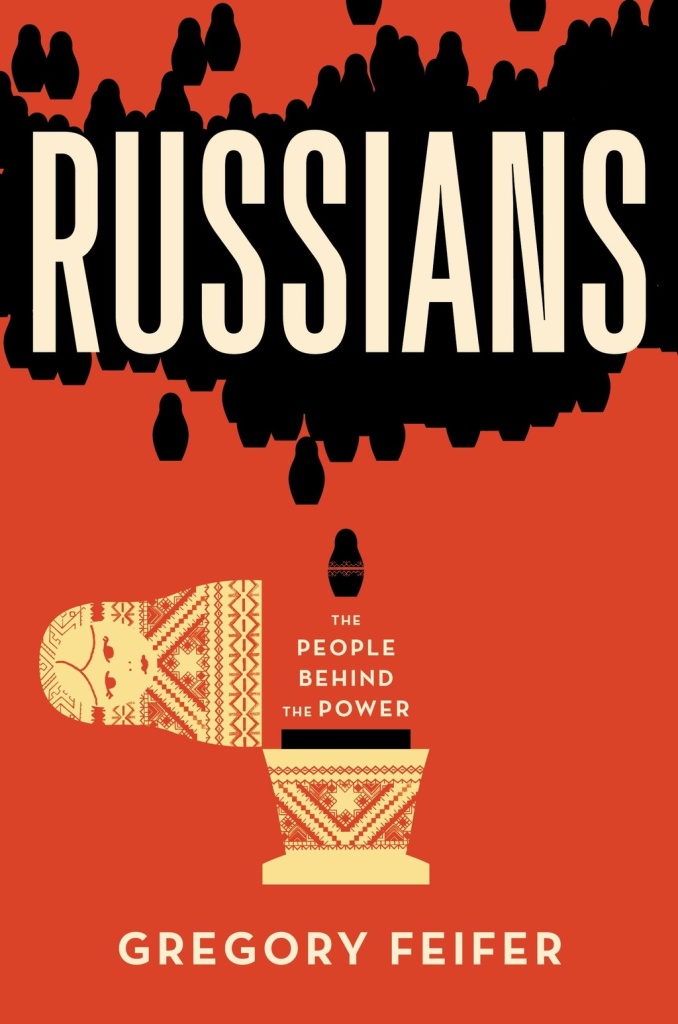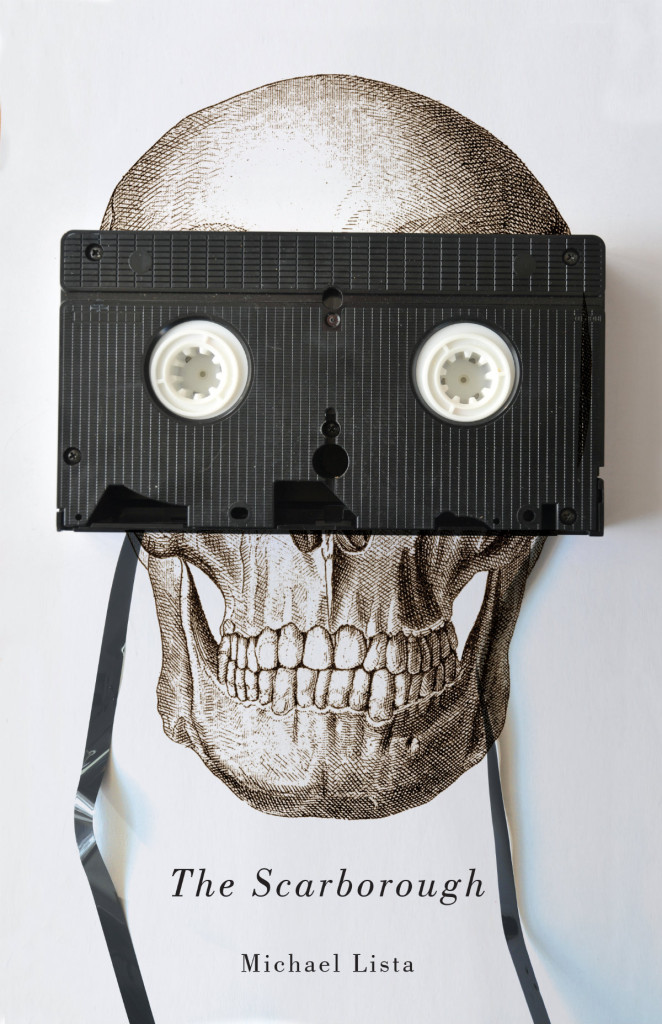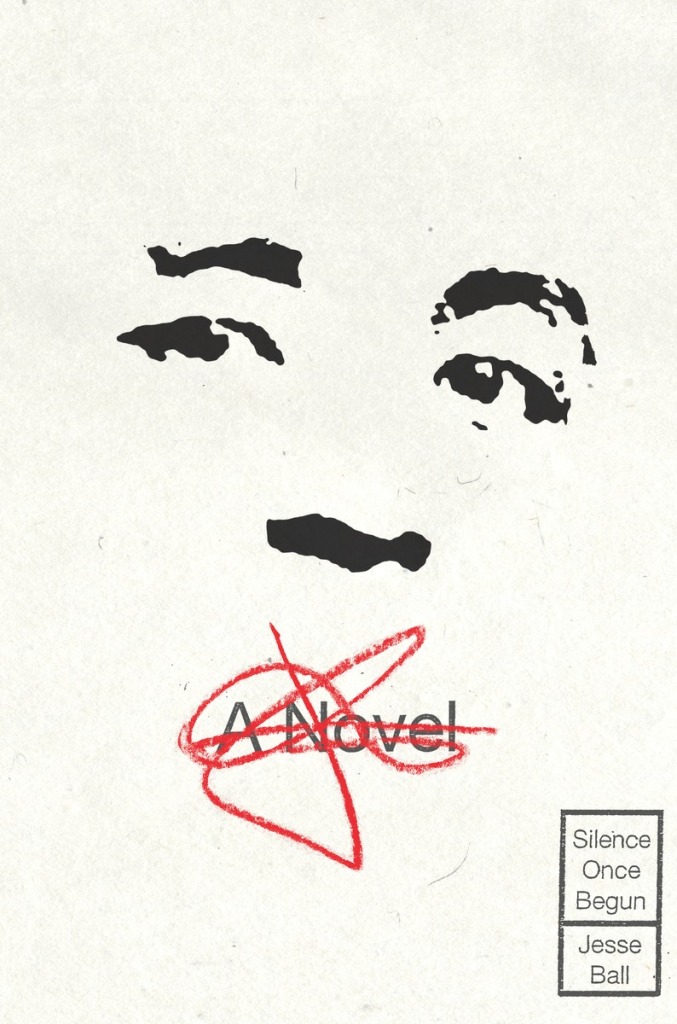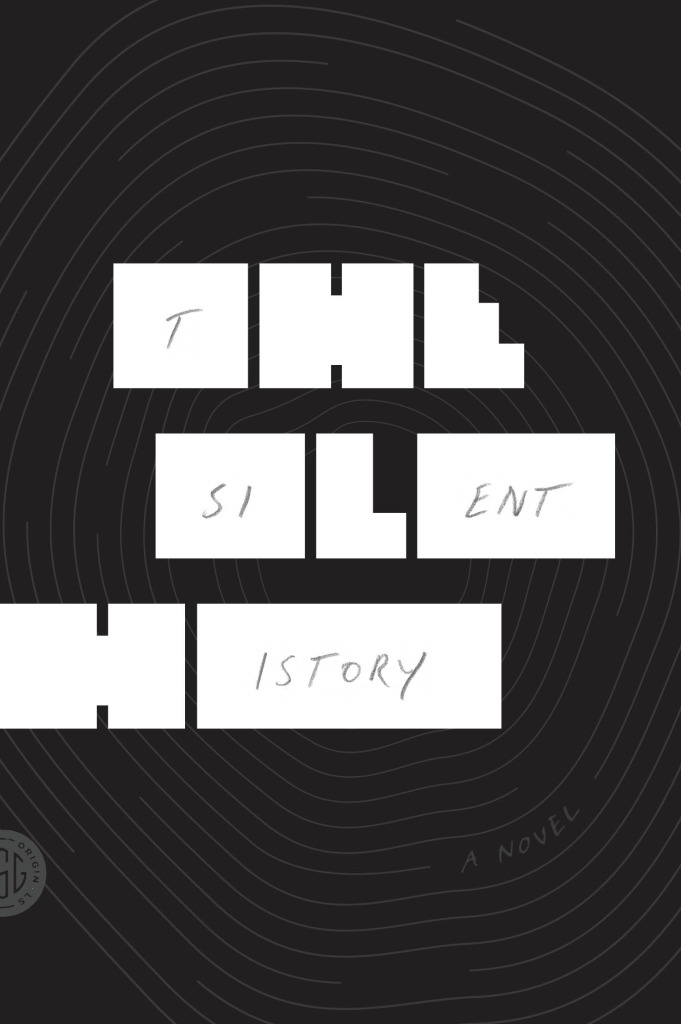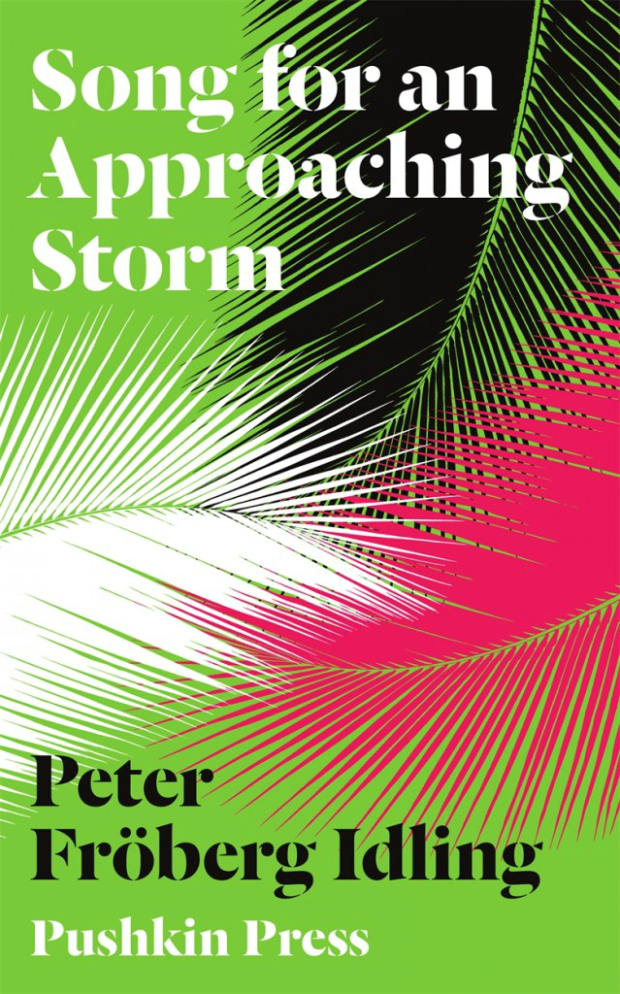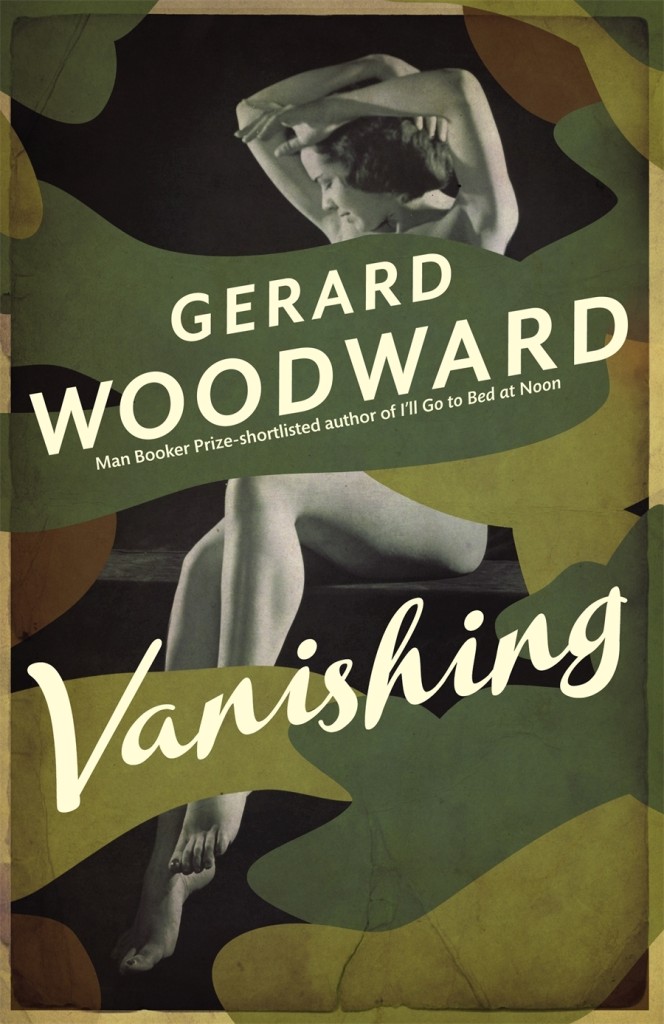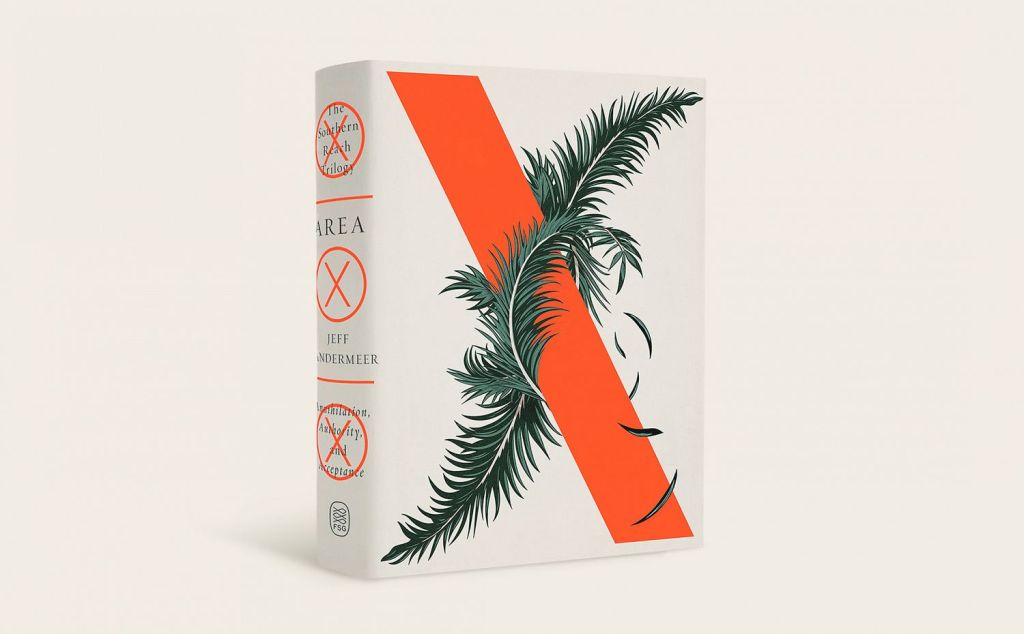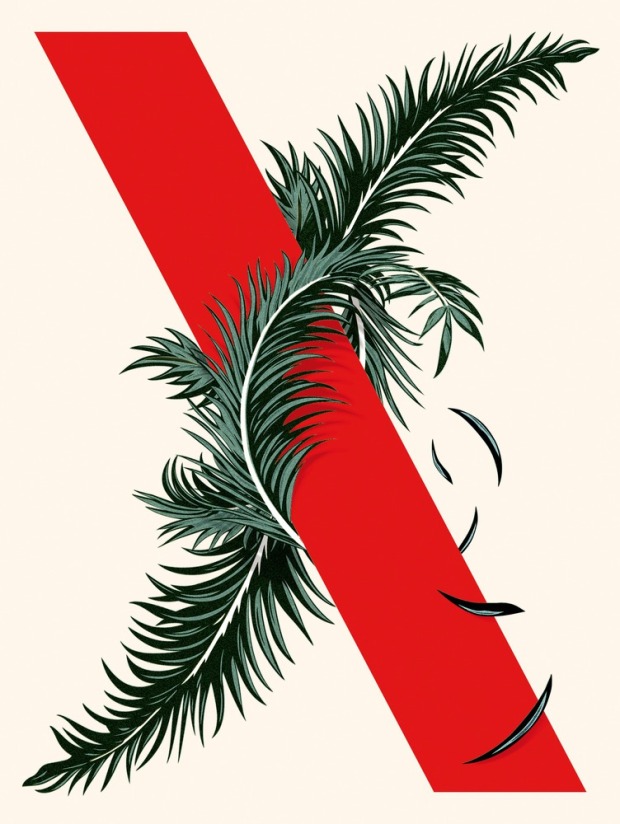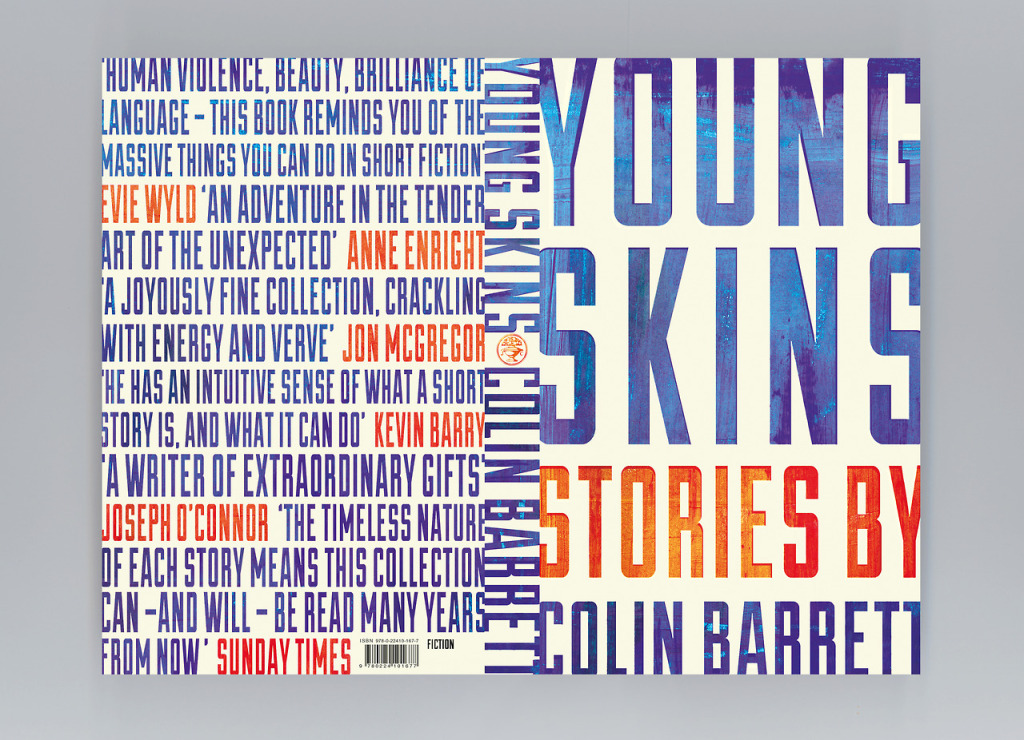
It would be hard to overstate the impact of Barbara deWilde on contemporary book cover design. Along side Carol Devine Carson, Chip Kidd and Archie Ferguson, Barbara’s designs not only defined the bold, visual aesthetic now commonly associated with Knopf, but helped reinvent American book cover design in the 1990’s.
Barbara left book publishing in 2000 to become the design director of Martha Stewart Living — where she successfully implemented a redesign of the magazine (which gave the world the Hoefler Frere-Jones font Archer, thank you very much) — but returned to Knopf seven years later and created more characteristically distinctive book cover designs, including the jacket for the Pulitzer Prize winning novel A Visit From the Goon Squad by Jennifer Egan. And yet, not resting on her laurels, Barbara recently changed direction once more. Now studying interaction design full-time at the School of Visual Arts, it seemed the perfect time to look back at Barbara’s work as a book cover designer and to talk to her about what’s next…
Barbara and I corresponded by email.

Do you remember when did you first become interested in design?
I wanted to be an artist, but my parents forbid me to pursue art as a major. My act of defiance was to be an Education major, but to take as many art classes as my schedule could hold. I was taking a Ceramics class and the work area was in an open yard beneath the Graphic Design studio. As I worked into the night, I saw that the lights were always on, in fact, they were never turned off, even long into the night. I had to find out what they were doing up there…
You’re an established designer; why did you decide to go back to school?
I was a bit embarrassed to make this move back to school, but now I can honestly say it was the best thing that I could have done for myself as a designer. In fact, I can’t tell you the number of people who have been enquiring about how to make a similar move. Two years ago I wanted to make the move to working digitally, but there was a barrier to doing this professionally. I’m at too high a level in my design to be be paid to learn. I could have approached the shift by taking on an interactive project and figuring out the digital component like most autodidacts, but I found that I didn’t even know the language of software creation. There is no singular programming language, there’s no silver bullet…learn this software and you’ll understand all. The landscape is changing all the time. I spoke to a lot of people in the digital publishing world and made a list of skills that I would have to acquire. I found that some of the skills could be acquired through continuing education, and some were available online, but most were not available unless you entered a program. There are only a handful of Interaction Design programs in the U.S. and 2 are in New York. I thought if I took off for 2 years and got the degree I would have everything in one place and also get that piece of paper (like in the Wizard of Oz) that attests that I know this field. I’ve never had a graduate degree, so I jumped.

What interests you about Interaction Design?
I find it very humbling. You are designing with the medium of human behavior. As an interaction designer one needs to be more observant and less dictatorial, but most importantly it requires a methodical approach to design. I am extremely intuitive. In the past I have found my way to a design solution by feeling it. The intuitive approach is fine if you work primarily with yourself or with one other person. When you work on building a service, a website, let’s say, or an interactive mobile product, you are working with a team of people. You need a common language, models, and writing skills. The collaborative nature of the work and the relentlessness of content and tasks makes an intuitive approach, if not obsolete, at least secondary.
Are you still designing book covers?
Yes, I love them. I hope I can still work on a few every year. Now, they are my guilty pleasure.
Could you describe how you approach a new design project?
I read whatever I’m given. I try to understand what the usual expectation for a book in the genre is and ditch it…or try my best to stay miles away from it. I don’t start working at my desk until I have some model in my head of what the book is going to look like. I usually make a thumbnail sketch which is totally unrecognizable to anyone but me.

What are your favourite projects to work on?
I like anything that’s well written. I can tell you what I don’t like to work on…anything in the category of “chick lit.” I’m not great at thrillers, but I like working on them occasionally.
How is your approach to art direction different from your own design process?
I art direct projects that I understand, but that I don’t have an aptitude to design. I’m not an illustrator or a photographer, but I do both sometimes. When a book requires a real skill set, I love to hire people. I think an art director is most helpful when they have a vision, can communicate it, and give feedback. Otherwise, they’re useless in the role.
What do you look for in a designer’s portfolio?
Life is boring, make my day… show me something that I wish that I had created. I’d rather see three drop dead great pieces than a couple of great ones and then fifteen mediocre things. It makes me question which designer I’m going to get when I hire you, the great one or the middle-of-the-road one.

Do you see any prevalent trends in contemporary book design?
There’s a lot of illustration now, a lot of charm. I don’t see much ugly stuff, it’s all very masterful. I like ugly, raw work.
What challenges do book designers face currently?
Publishing execs are always grumbling about not making enough money, but lately I think they really believe it. The economics of the publishing model are being challenged by the internet and that turns publishers from idealists to technocrats. That downward pressure always hurts production and design. In addition, whenever a publishing house becomes risk averse, their designers’ choices are limited.

Do women designers have the same creative opportunities as their male colleagues?
Absolutely not…nor do their female writing counterparts. Titles are assigned by the vision of the art director. Usually there is a gender mapping… girl book: girl designer. The publicity budgets are smaller for female writers as are the print runs and the reviews. Meg Wolitzer called it “The Second Shelf.”
What advice would you give a designer starting their career?
At this point, a design student has software and the world has problems…go! There has to be a pretty compelling reason to work for someone else. I would encourage designers to be entrepreneurial.

Where do you look for inspiration, and who are some of your design heroes?
I have print design heroes, like Peter Saville, Francesco Franchi, and Yomar Augusto, and interaction design heroes like Nick Felton and the guys who started Kickstarter: Perry Chen, Yancey Strickler, and Charles Adler.
What books have you read recently?
I just finished Bring Up the Bodies by Hilary Mantel (which I loved) and now I’m reading a book published in 1883 on making candy. It’s called the Frye’s Practical Candy Maker. The stack near my bed has the Steve Jobs biography, Colum McCann, Let the Great World Spin, the new Richard Ford, and Katherine Boo’s Behind the Beautiful Forevers.
Do you have a favourite book?
My last favourite book always changes. Right now it’s a three way tie between Wolf Hall; Blood, Bones, and Butter; and Olive Kitteridge. My favourite book of all times is Suttree by Cormac McCarthy.
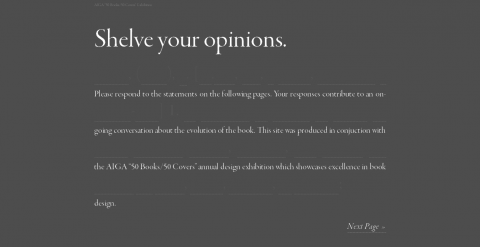
What is ‘What the Book’?
WhattheBook.org is a website that was made in conjunction with the last exhibition at the AIGA of 50 Books/50 Covers. The show had been an annual destination for the best of book and book jacket design but has ended. The AIGA reasoned that the show was no longer relevent, that book design is easily curated and shared on the internet through various blogs, and that it only served the New York elite not the wider national membership.
Within the AIGA gallery I created a 12 foot wide book shelf that allowed visitors to shelve a book, essentially “vote,” for how they feel about the shift in books from physical objects to digital. A red book meant that you agreed and a black book meant that you disagreed. An example of one of the statements is “I silently judge people by their bookshelves.” Agree or disagree. The website runs through the same list of statements and you can vote online. The last part asks the visitor to define what “book” means now that the physical constraints don’t always apply.
We’ve collected nearly 1700 definitions and I’m in the midst of trying to make a visualization of them… and a part 2 to the website. It was the perfect transition project from my old world of book jacket design to interaction design.

What does the future hold for book cover design?
I’m a pragmatist. James Bridle describes the book not in its physical model (pages or no pages) but in its temporal model. What that means is that a book functions first as an advertisement , second as a reading experience, and third as a souvenir. Now eBooks make lousy advertisements, so-so readings experiences, and lousy souvenirs. But some publishers are now selling nearly 60% of each title in eBook form.
So, despite the flaws, people are opting for price and convenience. As a designer, I would ask how my work functions within this model and if it doesn’t how could it in the future? I answered the question by leaving print to learn digital design. I felt there were more creative opportunities elsewhere. (I know I didn’t answer the question.)
Thank you, Barbara!
Like this:
Like Loading...
